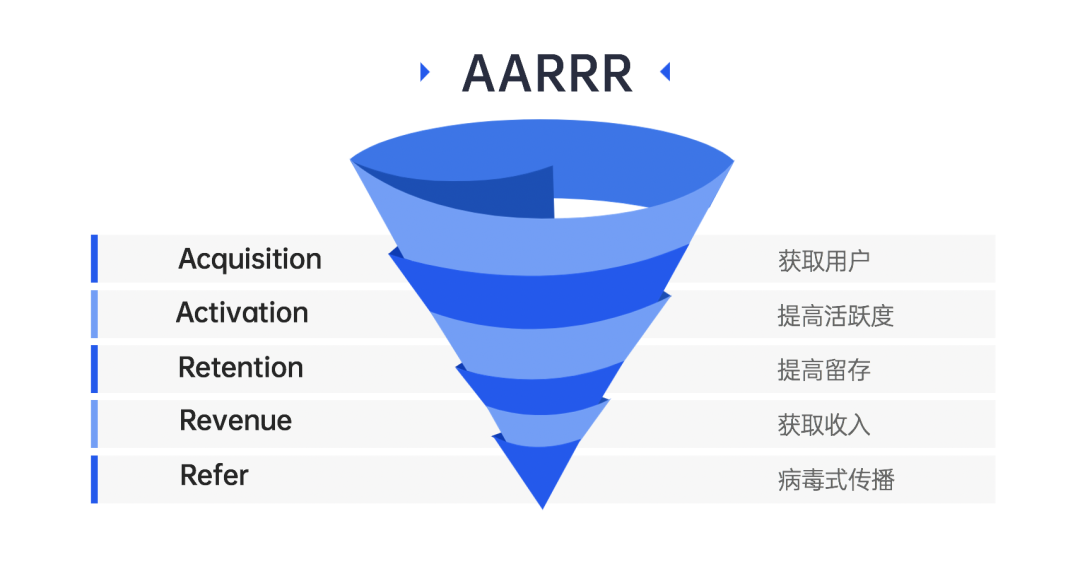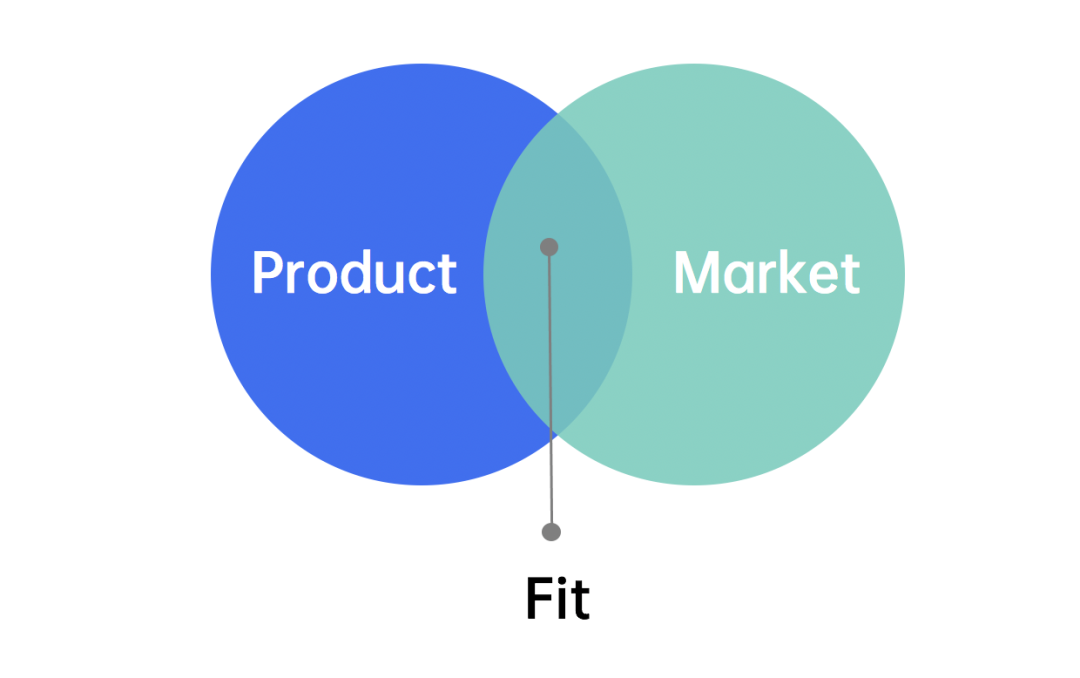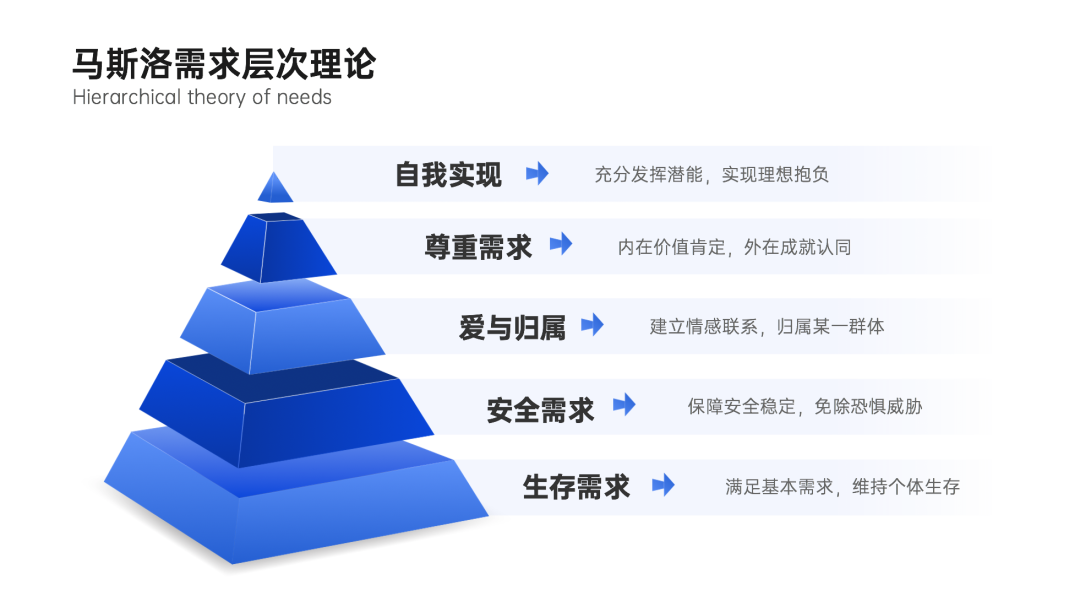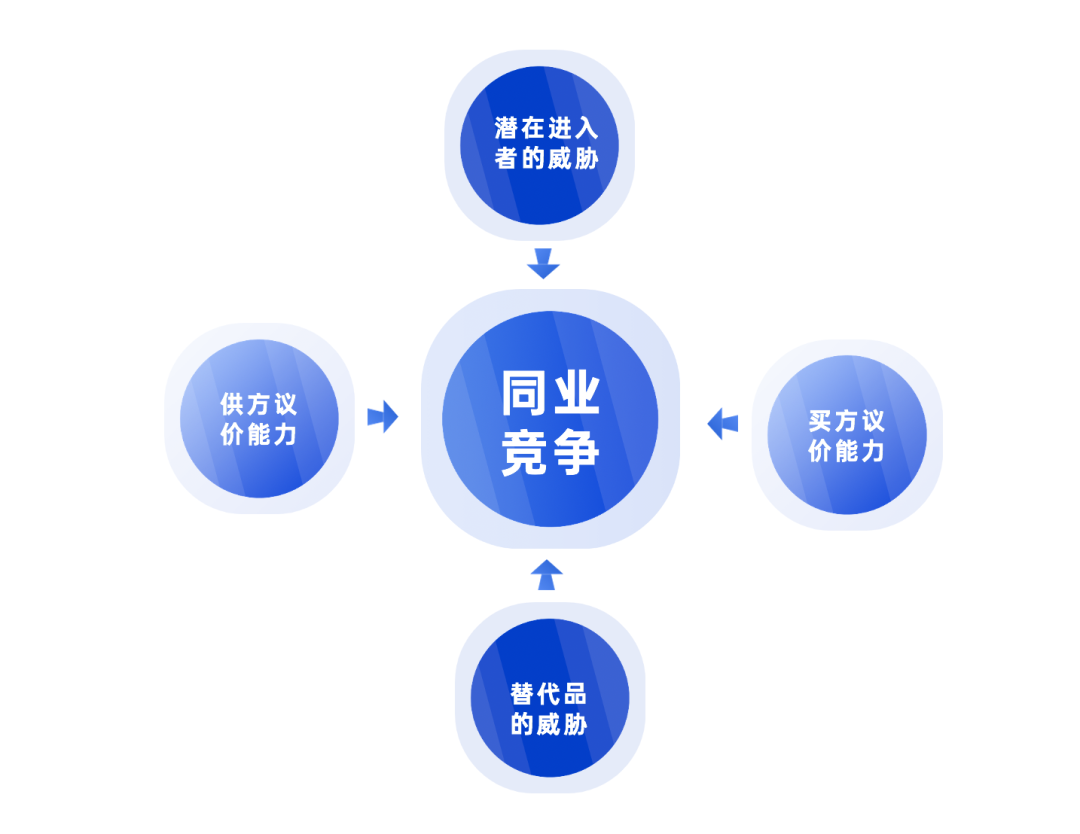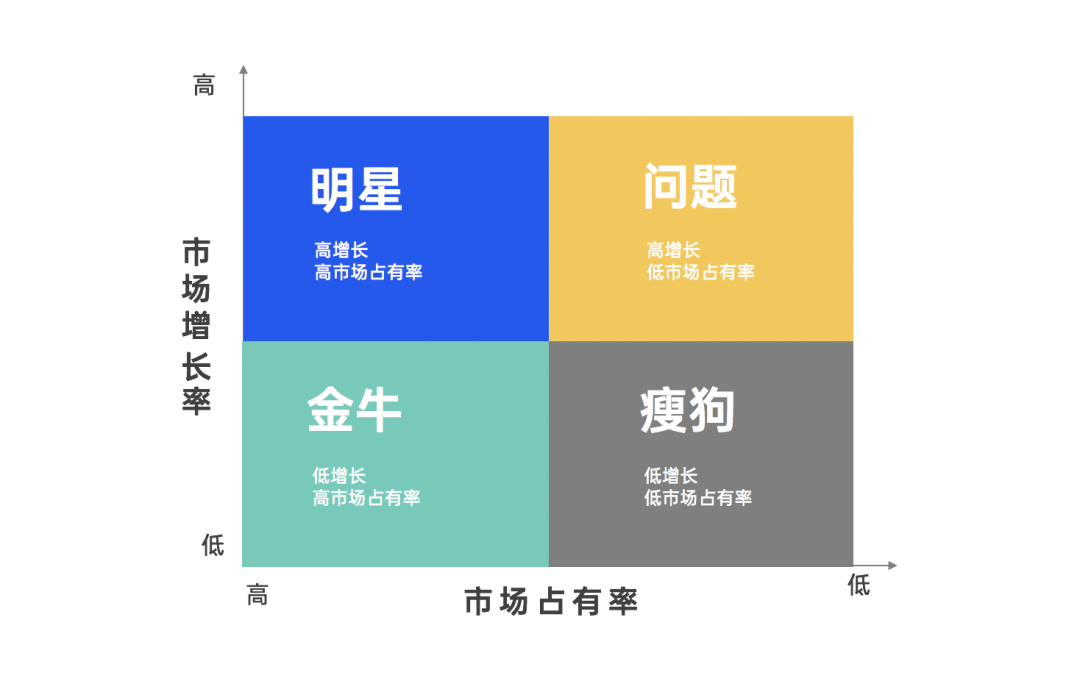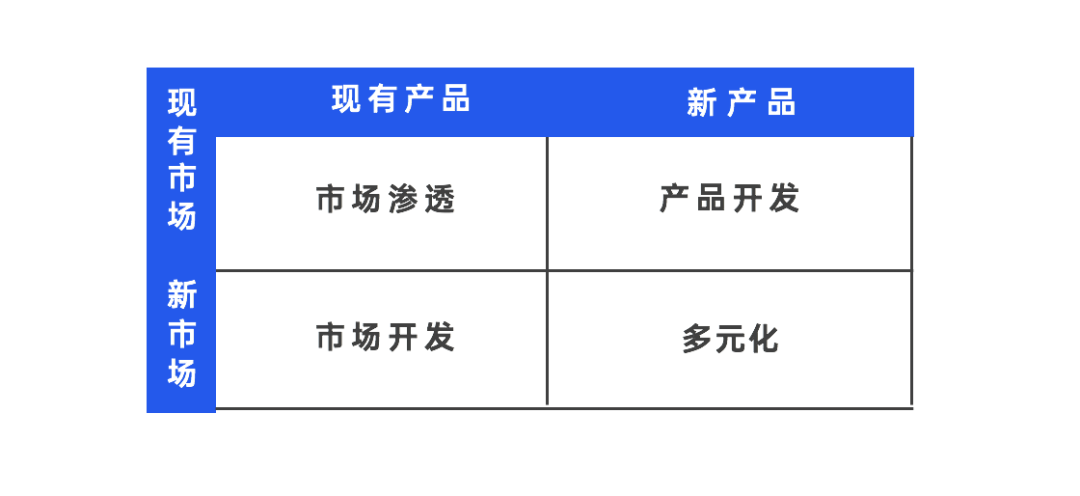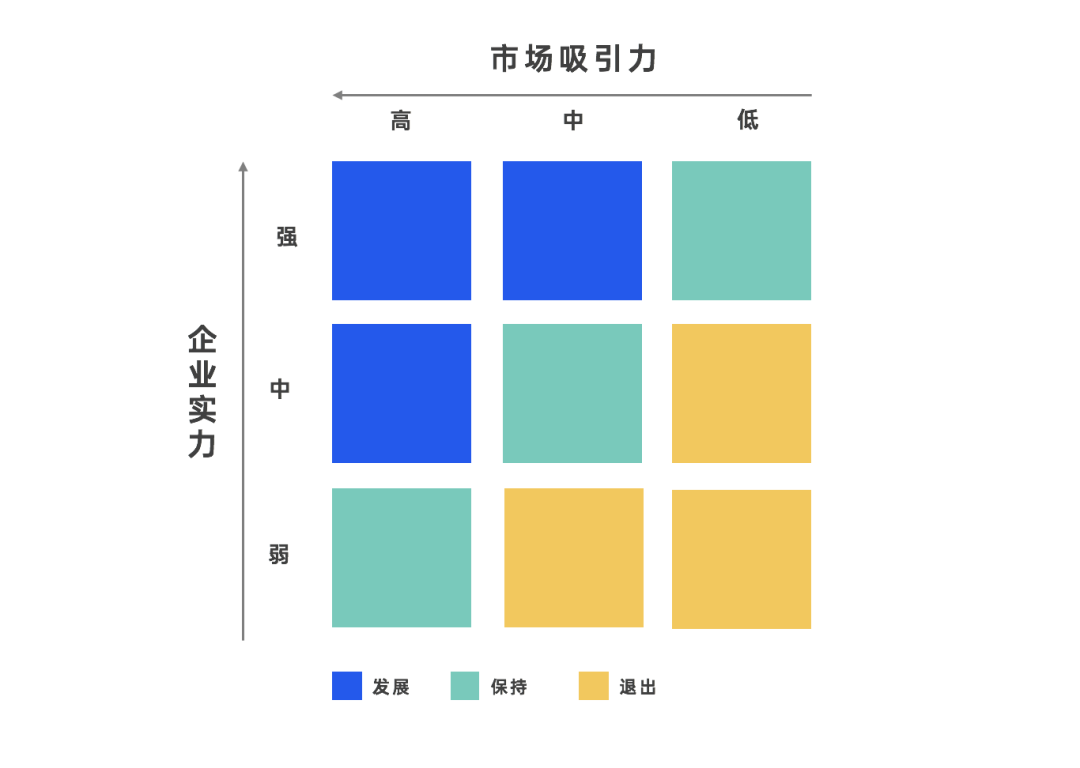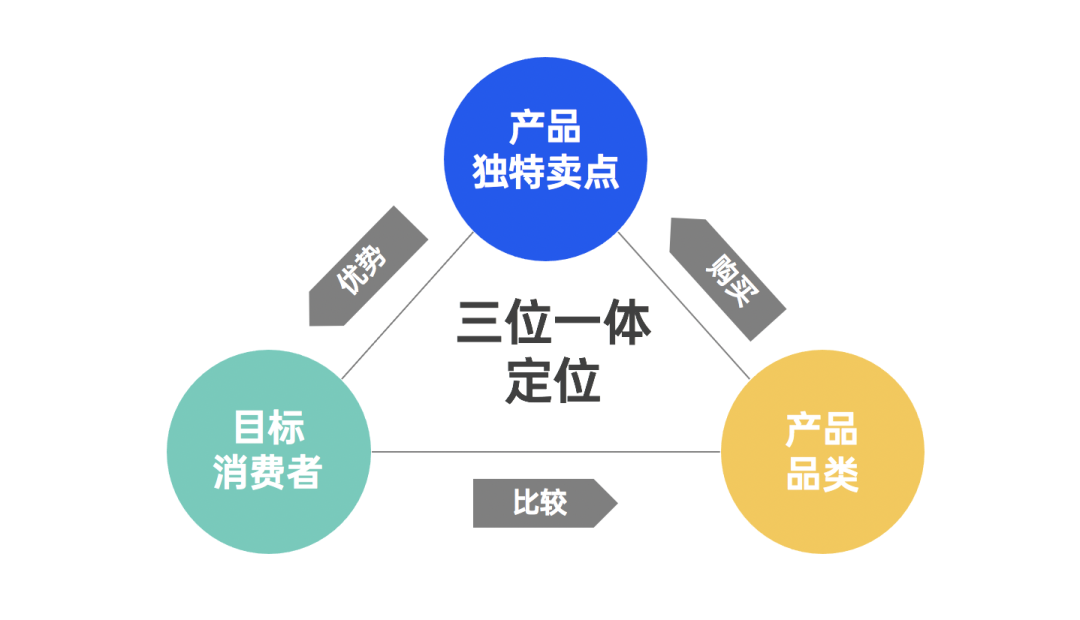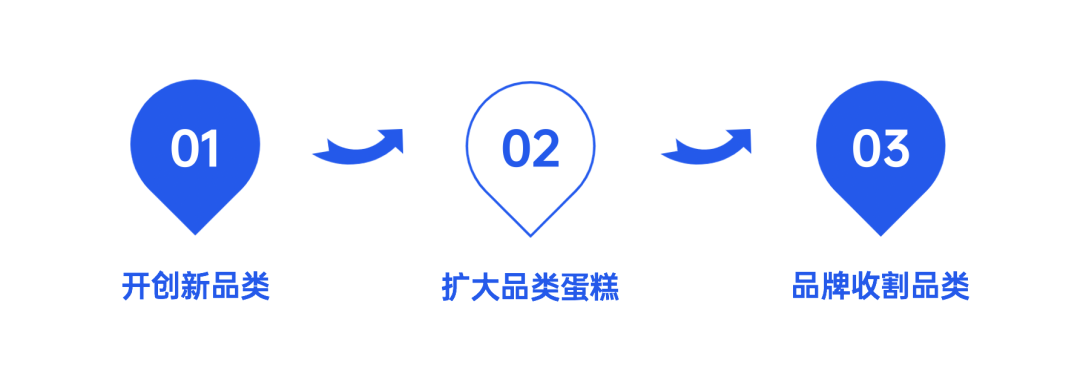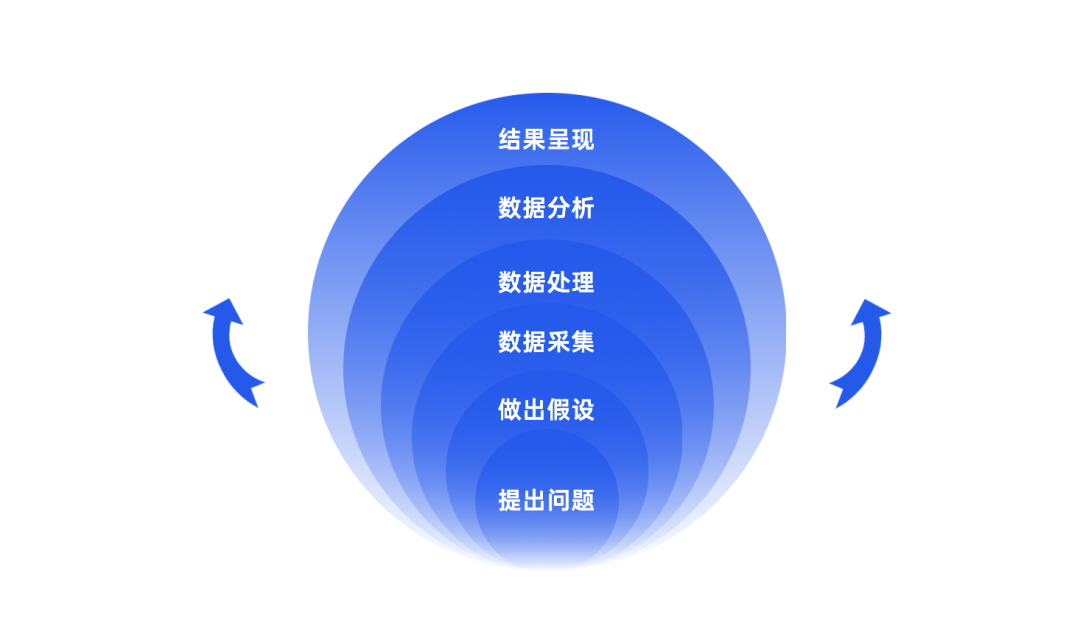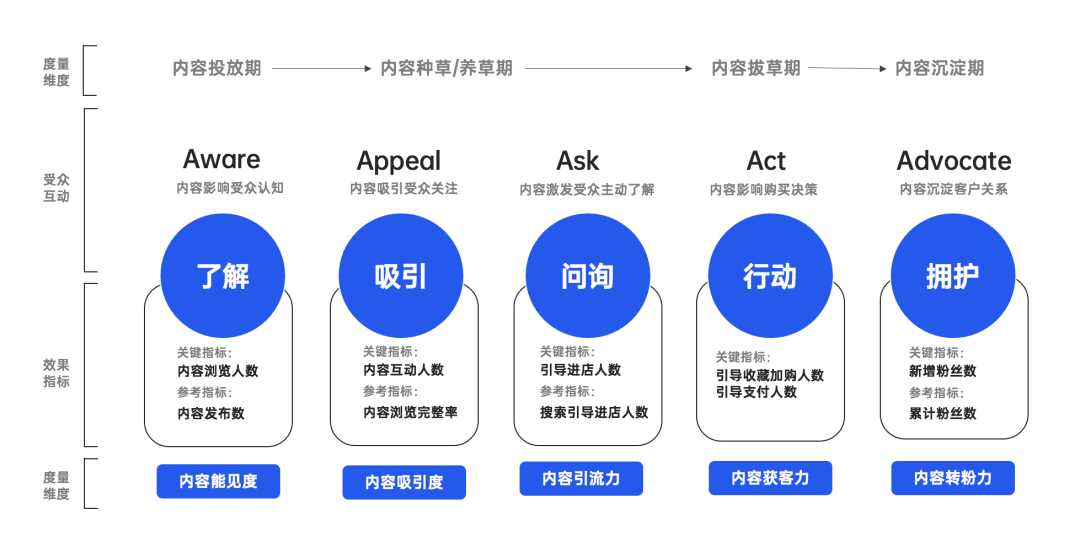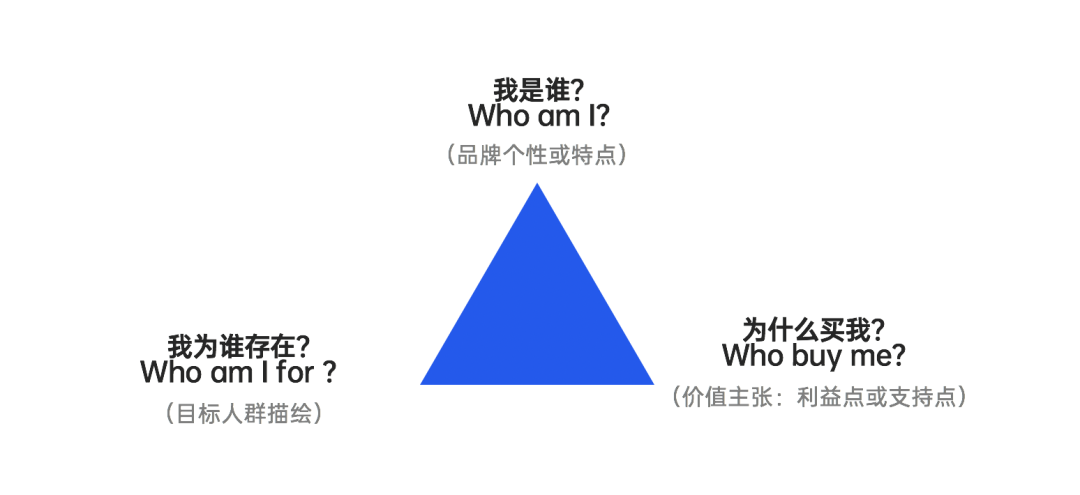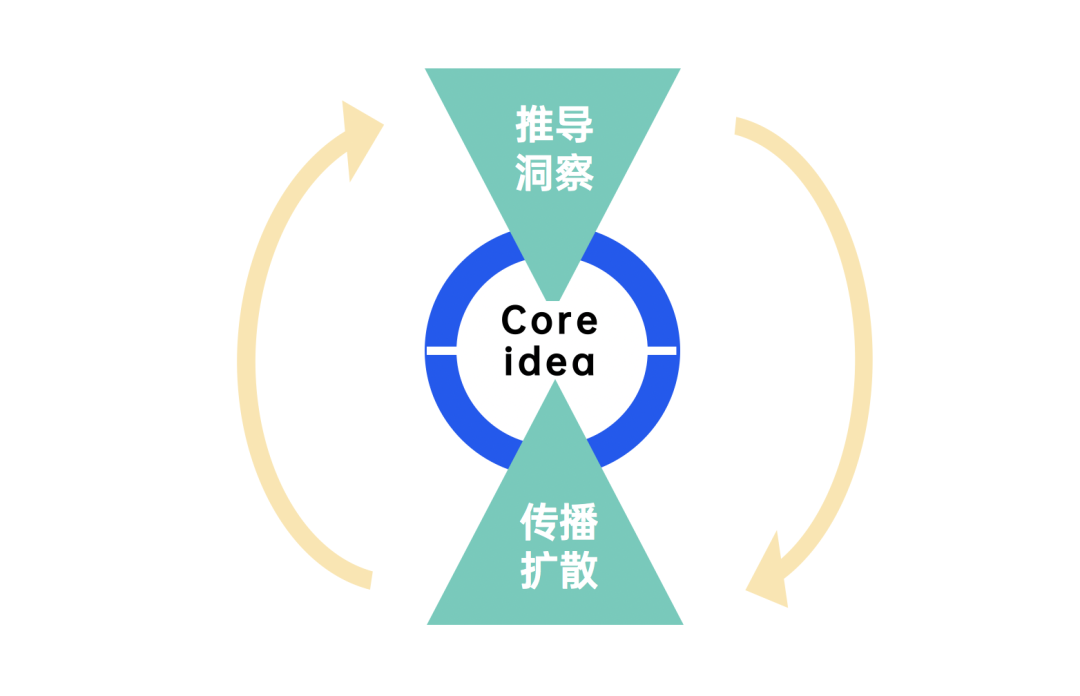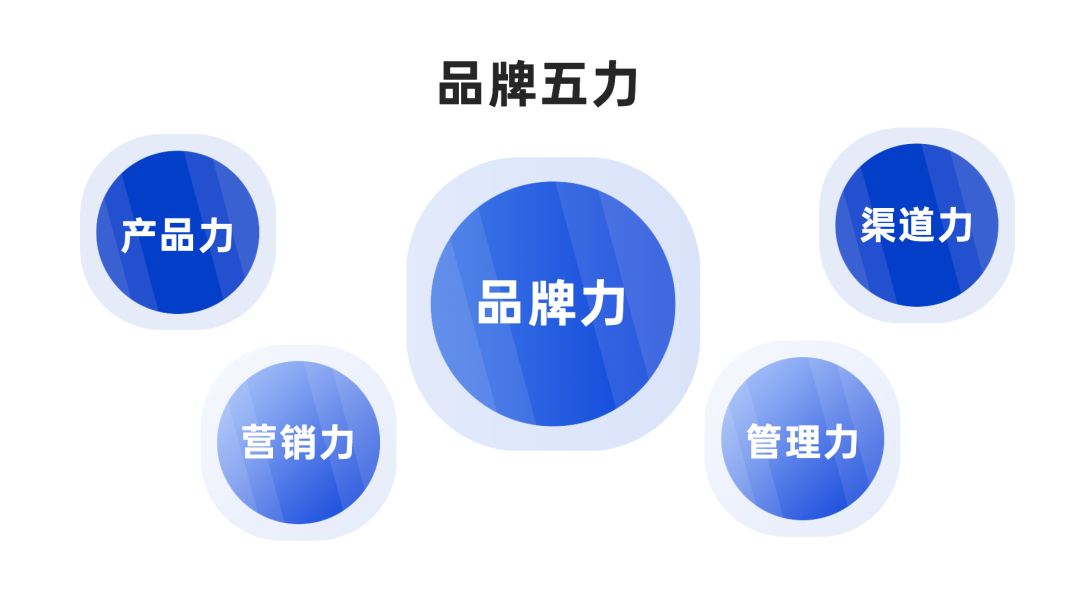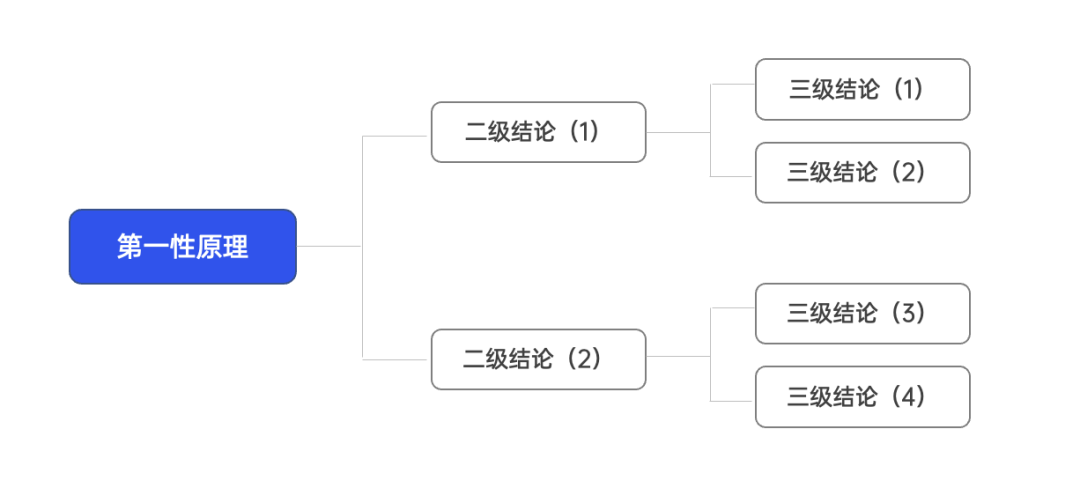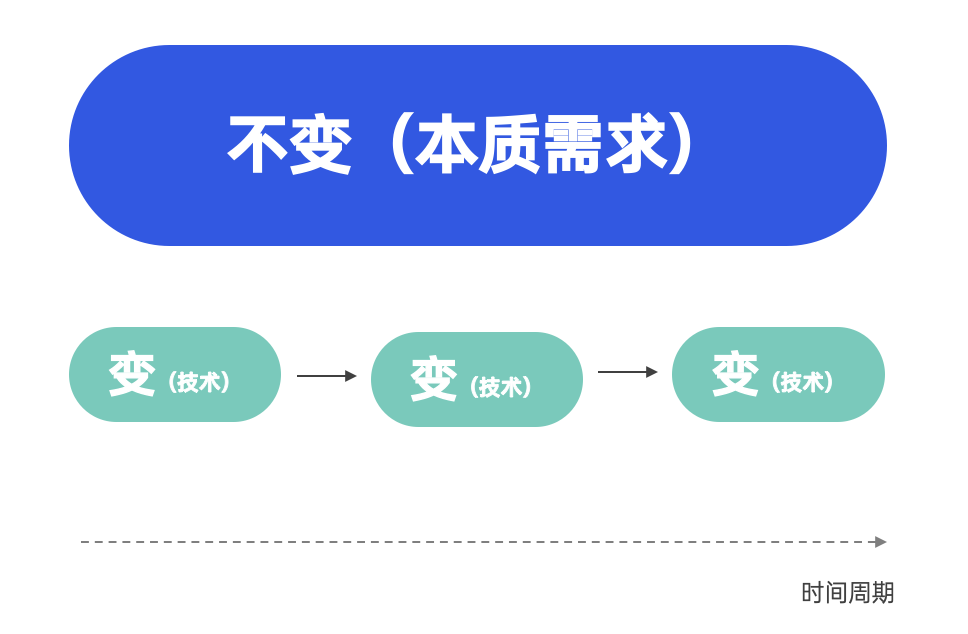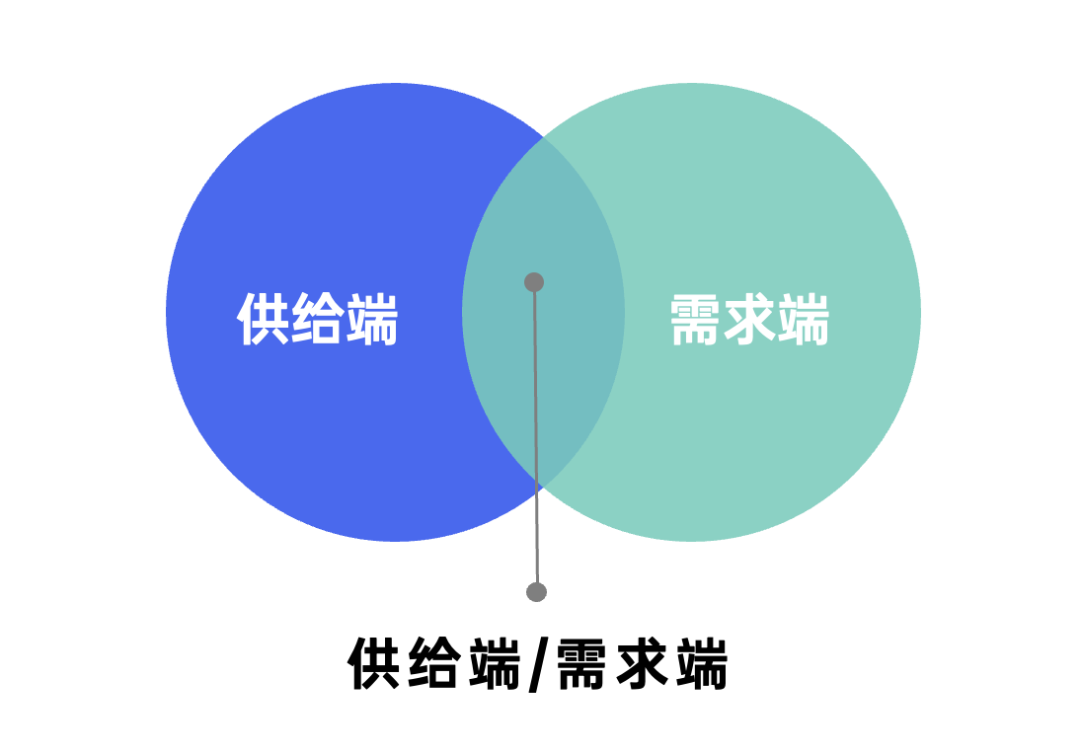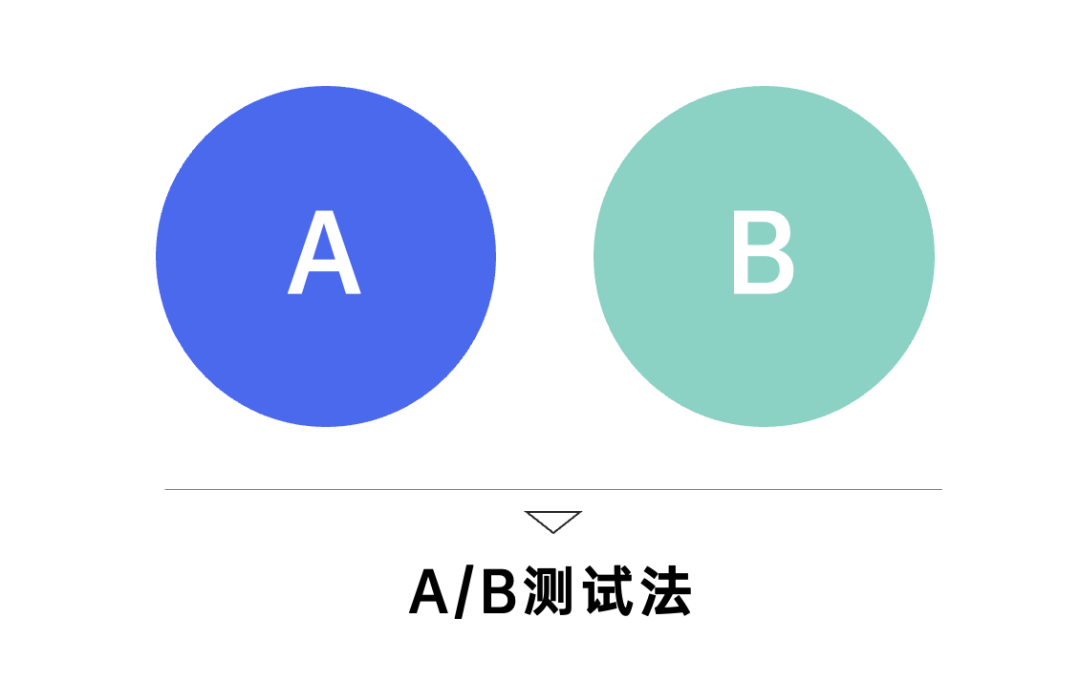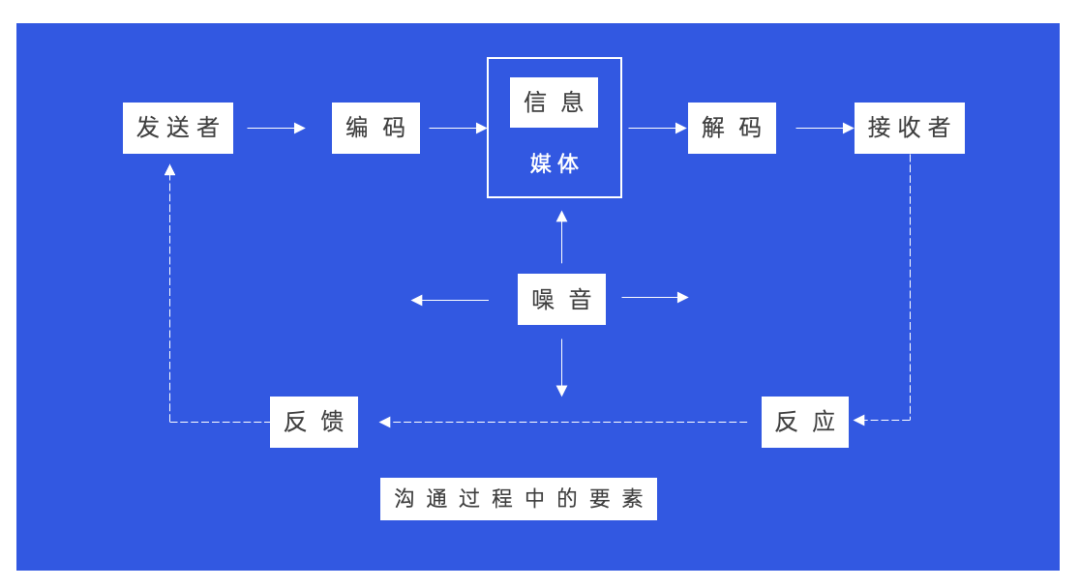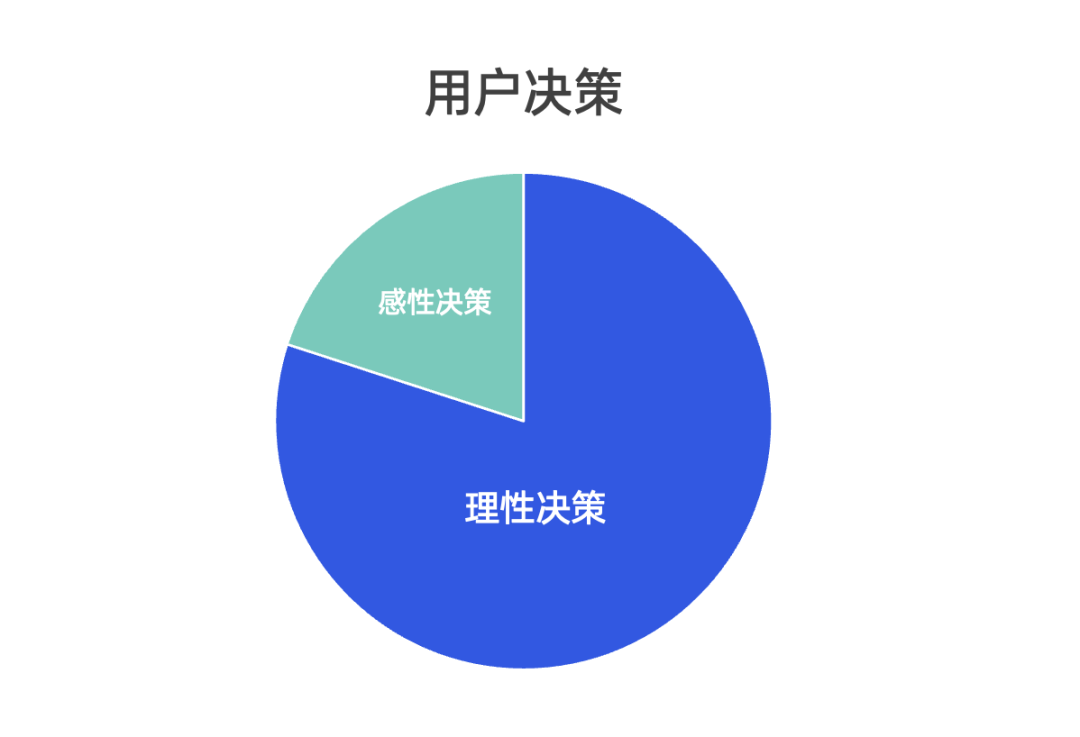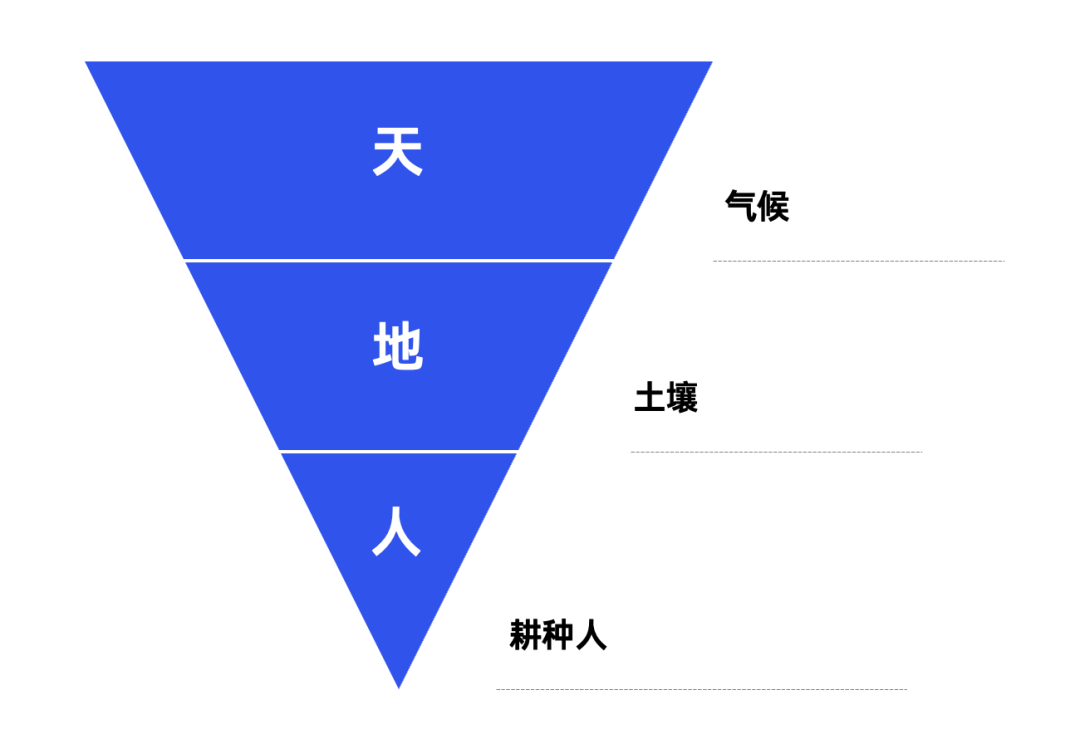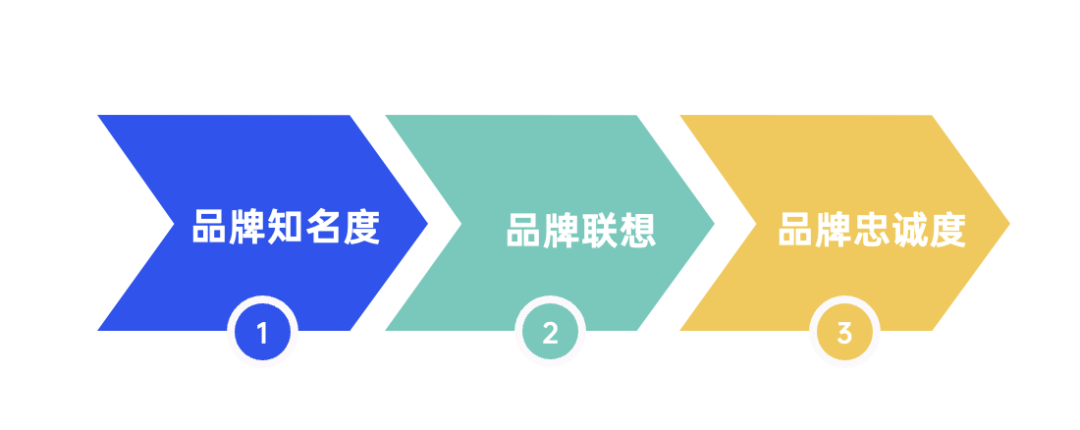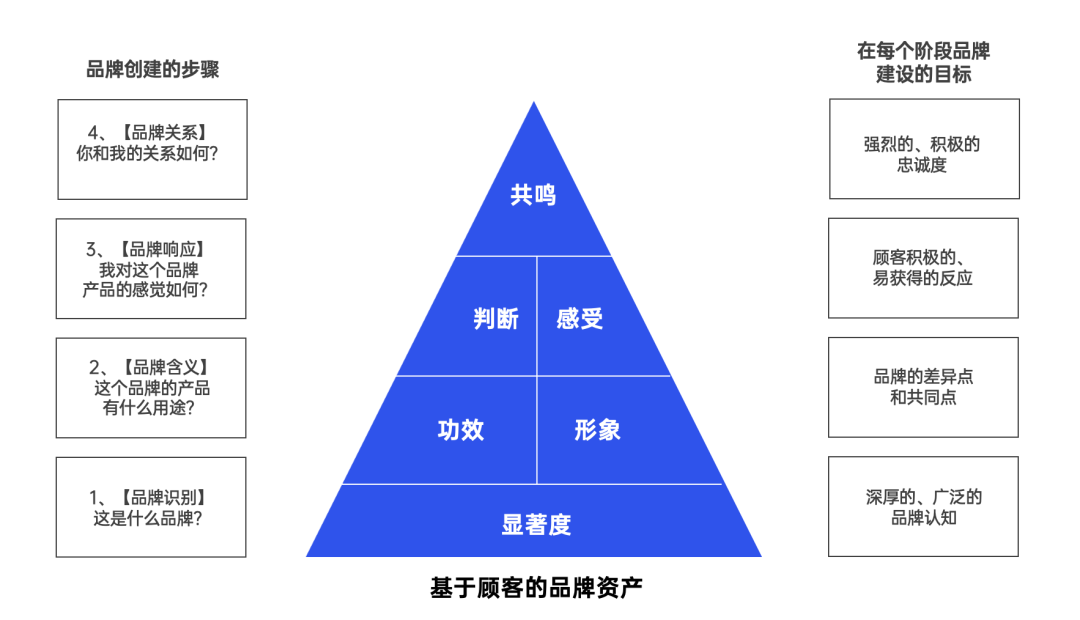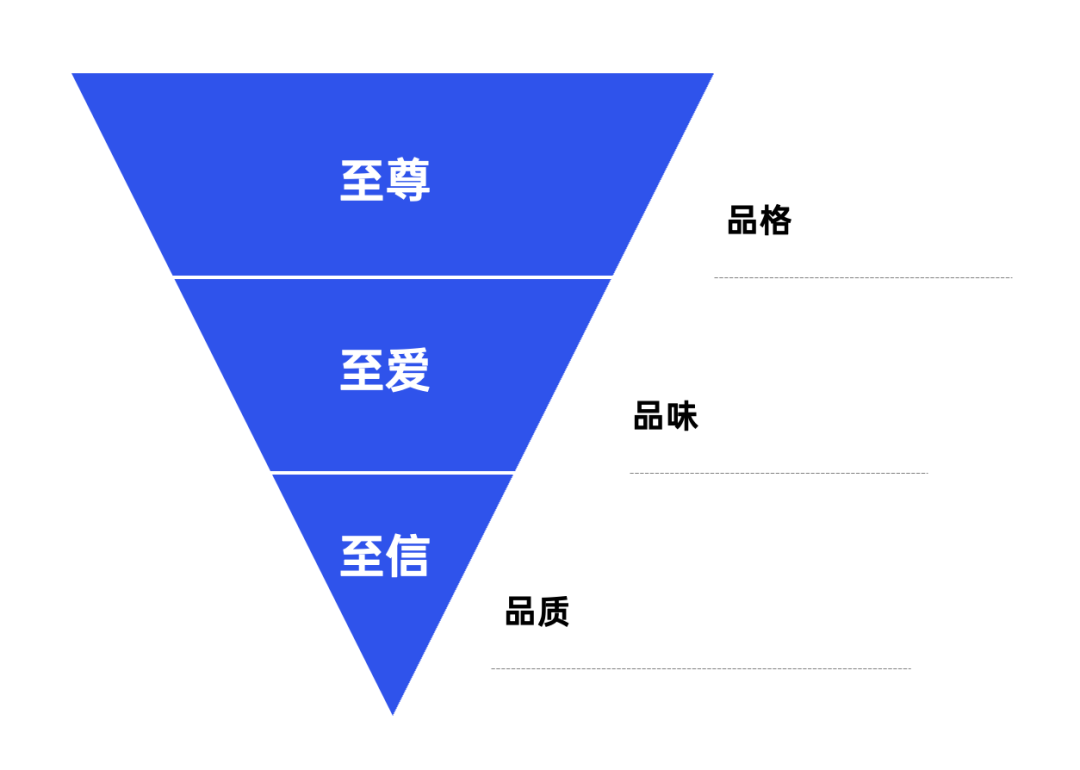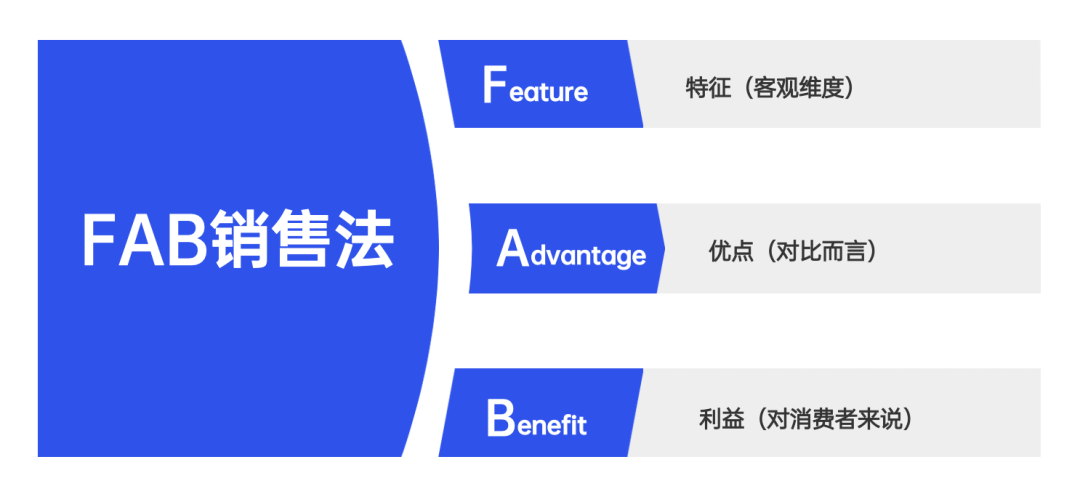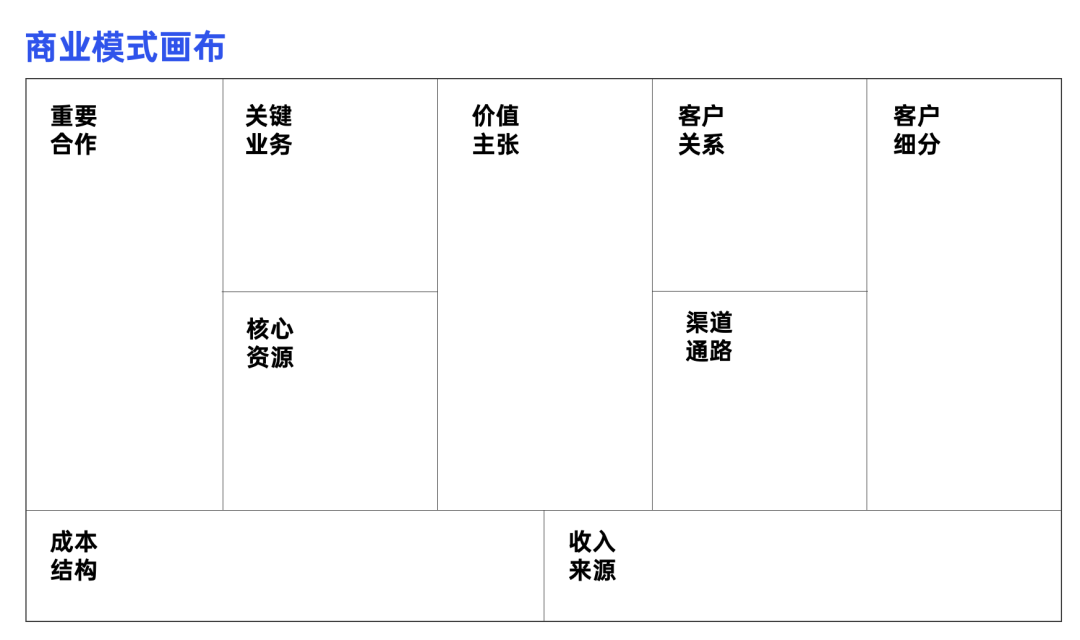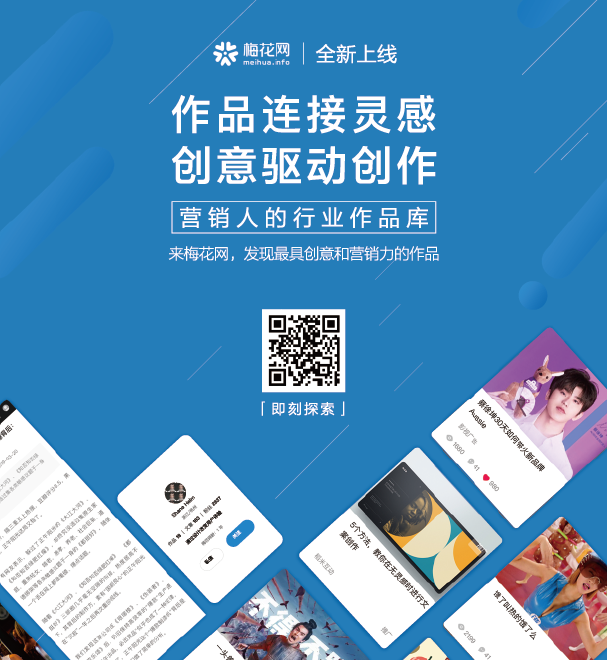Author|Zang Feng
Source of article|Strategist Zang Feng (ID: clrcf2020)
Cover image source | Pexels
Reading Tips丨14688 words 30 minutes
The length is long, everyone can collect it first
The model is in hand, I have the idea
Model is an effective means for strategists to lay a foundation, and a reference for thinking about answering business propositions.
But the model is precious, and the actual price is higher. It is just a tool and cannot be applied for a while. Practice is the only criterion for testing truth. Next, I will share some models that I commonly use.
The directory is as follows:
13. The right time and place
24. Maslow's Hierarchy of Needs
25. Porter's Five Forces Competitive Model
30. Category empowers brand positioning
31. Six Steps of Data Analysis
32. Content Marketing 5A Model
34. McKinsey's Seven Steps into Poetry
39. Ogilvy & Mather Brand Positioning Triangle Model
41. The logic of the upside-down triangle scheme
42. Brand Five Forces Model
44. Changes and changes in investment
45. Supply side/demand side
47. Transmission legality
49. User decision-making rational/emotional logic
50. The investment syllogism
51. Three Essentials of Brand Equity
52. CBBE Customer-Based Brand Equity Model
54. Intel Brand Evaluation Model
55. FAB Benefit Sales Act
57. Business Model Canvas
Applicable scenarios: Proposal communication thinking
Theoretical source: McKinsey Barbara Minto "The Pyramid Principle"
First talk about the conclusion, then talk about the argument , first summarize the reason, then the process because.
The area of the top of the tower is the smallest, that is, one or two sentences are used to state the conclusion, and the area of the tower increases in turn, indicating the argument for the conclusion. From top to bottom, state the argument first, then support it .
Follow four basic principles:
1. Conclusion first: express a central idea and put it first.
2. Above and below: Each argument is a summary of the next level of argument.
3. Classification and grouping: The ideas of each group belong to the same logical category.
4. Logical progression: Each group of ideas is arranged in a certain logical order.
Applicable scenarios: the underlying logic of thinking, business model
Theoretical source: Simon Snek, "Starting with "Why"
People with the outermost thinking mode know what “what” they want to do, but they rarely think about how to do it better.
People in the middle layer know how to "how" to accomplish tasks and goals better, but rarely think about why they do it.
Only those in the most central circle can understand why they do this "Why". Why is the core essence of doing this, and everything else is revolving around this center.
Applicable scenarios: product listing, communication, promotion, life planning
Theoretical source: World War II U.S. Army Ordnance Repair Department
5W2H is a relatively common problem analysis method. Everyone knows it, but it does not affect everyone not to use it.
What: what is it? doing what? What is the purpose?
When: When to do it? When is the best time to do it?
Where: where? where to do it? Do you have to do it here?
How: how? What is the method?
How Much: How much? How much? How is the input and output?
Main advantages: (1) Clearly define and express problems, and improve cognitive efficiency; (2) At the same time, grasp the core points without omitting important information; (3) It is easy to understand and easy to use.
For example : product launch
What: What product is this? What is its selling point? Why: Why develop this product? Why should consumers buy it? who: Who is this product for? When: When will this product be released? Where: Where is this product sold? Which platforms are you broadcasting on?
How: How to market this product? How Much: How much does this product cost? How much does it cost to promote?
Applicable scene: project quality management
Theoretical source: Dr. Deming, an American quality management expert
The PDCA cycle, also known as the Deming cycle, is a scientific procedure that should be followed in total quality management.
P (plan plan): The goal of the plan.
D (Do Execution): The content of the achievement of the goal;
C (Check): Summarize the results of the execution plan, pay attention to the effects, and identify problems.
A (Action): Process the results of the summary inspection, affirm the successful experience and properly promote and standardize it; the lessons of failure need to be avoided to avoid recurrence. Unresolved issues are moved to the next PDCA cycle.
Applicable scene: project quality management
KISS is a scientific project review method to promote the next event better.
Keep (keepable): Review the actions that have been done well in this activity and can be maintained in subsequent activities.
Improve (need to be improved): Which links/factors lead to the unsatisfactory part of the activity and need to be improved in the follow-up activities.
Start (need to start): Which links have not been implemented in this activity, and need to be started in the future.
Stop (needs to be stopped): which actions are detrimental to the activity and need to be stopped.
Applicable scenarios: corporate strategy formulation, competitor analysis
Theoretical source: Professor of Management Verrick
SWOT analysis is used to determine the company's own competitive strengths, weaknesses, opportunities and threats in external markets.
It is a scientific analysis method that organically combines the company's strategy with the company's internal resources and external environment.
Applicable scenarios: corporate marketing strategy
Theoretical source: Wendell Smith
STP target marketing consists of S market segmentation (Segmenting), T target market (Targeting) and P market positioning (Positioning).
Market segmentation: segment a product/service in the market based on the type of customer demand difference.
Target Markets: Based on market segments, identify one or more market segments the product/service wants to enter.
Market positioning: Packaging according to the key features and selling points of the product/service to confirm the competitive position of the product/service in the market.
STP is suitable for enterprises to make precise business decisions based on their own circumstances when they understand the internal and external environment, advantages and disadvantages.
Applicable scenarios: plan writing, customer communication
Theoretical source: SAATCHI & SAATCHI
The full name of the theory: O丨Objective goal, I丨Issue obstacle, I丨Insight insight, C丨Challenge (challenge) solution
When writing a plan, you must first understand what the customer's business goals are? What are the current obstacles to achieving this goal?
In response to this obstacle, we have insight into consumers and find the core direction of communication with consumers.
Based on this, what is our Action to find and remove consumer barriers? And this Action itself is a challenge.
Applicable scenario: business model
Theoretical source: Philip Kotler
Marketing takes the product as the core, and what consumers buy is the use value of the product. How much should this product sell for (Price)? where to sell? (Channel Place) What kind of promotion/promotion (Promotion) method is used to form a closed loop of marketing.
Applicable scenario: business model
Theoretical source: 1990 American scholar Robert Lauterpen
As competition continues to intensify, when product supply exceeds demand, companies should shift from product-based to consumer-based.
That is, from Product (Production) to Customer (Consumer), Price (Price) to Cost (Cost), Distribution Channel (Place) to Convenience (Convenience), Promotion (Promotion) to Communication (Communication) change.
Enterprises must first start with consumer demand, produce products that satisfy customers, and at the same time reduce consumer purchase costs.
When consumers obtain products, they should also consider the convenience of consumers' purchase, rather than the distribution channels from the enterprise level. Finally, effective communication should be carried out with consumers as the core, and consumers' feedback should be paid attention to.
Applicable scenarios: consumer behavior analysis mode
Theoretical source: Dentsu
The AISAS model is a new consumer behavior analysis model summed up by Dentsu for changes in traditional shopping behavior caused by the Internet. And this model is better reflected in social networks and forms a closed loop.
The content of the product shared by friends will attract the user's attention (Attention), and then stimulate the user's interest (Interest), and search for this product (Search), which eventually leads to the generation of purchase behavior (Action), and then share (Share) after successful purchase. ) to your friends, the closed loop is completed.
Applicable scenarios: corporate business strategy
Theoretical source: Omae Kenichi
The 3C strategy model, proposed by management scientist Kenichi Ohmae, believes that when formulating any marketing strategy, these three factors must be considered: customer needs, competitors, and the company's own capabilities or resources.
Strategy, in essence, is a company's ability to effectively meet customer needs and effectively differentiate itself from its competitors.
Customer: Who is the customer? What does the product they want look like? How big is this market? How is the profit situation? Where can you reach customers?
Competition: First, analyze the current situation of the competitor. Competitors' success factor, that is, the Key successful factor, and what impact will the potential competitor have on the market?
The company itself (Corporation): Look at the company's own internal capabilities, including product experience, talent pool, brand image, market and sales channels, capital, and government relations.
Applicable scenarios: scheme writing career planning business thinking
Theoretical source: Evolution of Sun Tzu's Art of War
When making any corporate strategy, you need to consider the weather (the big environment the market faces), and you can't go against the sky.
Geographical advantage (the company's own capabilities), whether we have a geographical advantage.
People and (consumer needs), whether the products we make are popular.
Applicable scenarios: company strategic planning, market planning, product management and development, research report writing
PEST analysis is a method used by strategic consultants to help companies examine their external macro environment. It refers to the analysis of the macro environment. The macro environment, also known as the general environment, refers to various macro forces that affect all industries and enterprises.
Political factors (Politics): political systems, government policies, national industrial policies, relevant laws and regulations, etc.
Economic factors (Economy): economic development level, scale, growth rate, government revenue and expenditure, inflation rate, etc.
Social factors (Society): population, values, moral level and so on.
Technology: There are breakthroughs in high technology, process technology and basic research.
Applicable scene: enterprise goal management personal goal management
Theoretical source: Intel
Full name of theory: Objectives and Key Results
Many large companies are using it, such as Ali, mainly to clarify goals, how to better achieve goals, and how to effectively implement them at various levels.
KR (Key Results) is split through O (Objectives goal), and the O of the next level is the KR of the previous level, which ultimately ensures the unity of everyone's goal direction.
Applicable scene: brand marketing
Theoretical source: Professor Bryon Sharp
The full name of the theory: How Brands Grow
HBG reveals patterns of user buying and sales growth. This model can be expressed as a formula: brand growth = penetration rate X affordability X affordability, that is, big brands, big media, and big channels.
That is to say, in order to achieve brand growth, we must first increase the penetration rate of products, and then let consumers want you when they have demand, and then have the desire to buy, but also to be able to buy your products.
Applicable Scenarios: Quantitative Brand Crowd Assets, Linked Operations
The full name of the theory: A丨Awareness, I丨Interest, P丨Purchase Purchase, L丨Loyalty
The AIPL model is a marketing model derived from the United States. AIPL means cognition, interest, purchase and loyalty respectively, that is, users see you (exposure, click, browse), tend to you (follow, interact, search, collect, Plus purchase), buy you (pay to place an order), be loyal to you (positive reviews, repeat purchases).
Because of Ali's admiration, many brands using e-commerce channels are using it. The idea of link-based purchase is more in line with the current ROI-oriented marketing method.
Applicable scenarios: consumer asset management
The full name of the theory: F丨Fertility, A丨Advancing, S丨Superiority, T丨Thriving
The FAST indicator body measures the long-term health of the business with the penetration of the population dimension, which can more accurately measure the efficiency of brand marketing operations.
At the same time, FAST also pulls the perspective of brand operation from the temporary GMV to the healthy and lasting maintenance of the brand value.
Applicable scenario: Targeted growth model for the category of the fast-moving consumer goods industry
GROW splits the brand's complete GMV increment into three growth factors: Gain, Repurchase, and Price (bOOst). The absolute value of incremental GMV driven by each factor is the index score of the brand. As new products increasingly become the tipping point of brand growth, new product capability (widen) is also used as an important indicator to measure brand growth capability.
In addition, the indicator can be refined to the dimensions of different strategic groups, and the brand performance and growth potential can be explored from the granularity of key groups.
Penetration (Gain): The increase in GMV brought about by the increase in penetration (consumer pull-in). Penetration (G) can be divided into existing category penetration enhancement and category expansion penetration enhancement
Retain: The increase in GMV brought about by the increase in consumption frequency. Repurchase power (R) can be further refined according to the perspective of new and old customers. Repurchase power (R) is particularly important for loyal categories such as mother and baby food and pet food.
Price Power (bOOst): The incremental GMV brought about by the purchase price upgrade. Price power (O) can be further refined according to the perspective of new and old customers. For categories with obvious consumption upgrade trends such as beauty and personal care, especially for those with a strong upgrade mind, such as delicate mothers and senior middle class, the importance of price power (O) has increased.
New Productivity (Widen): Non-GMV incremental indicators, comprehensively evaluate the performance of new products through multiple dimensional indicators, including the contribution of new products to new customers and GMV (the proportion of new customers and GMV contribution), the explosive power of new products (the first time GMV performance during the update period) and update agility (update frequency).
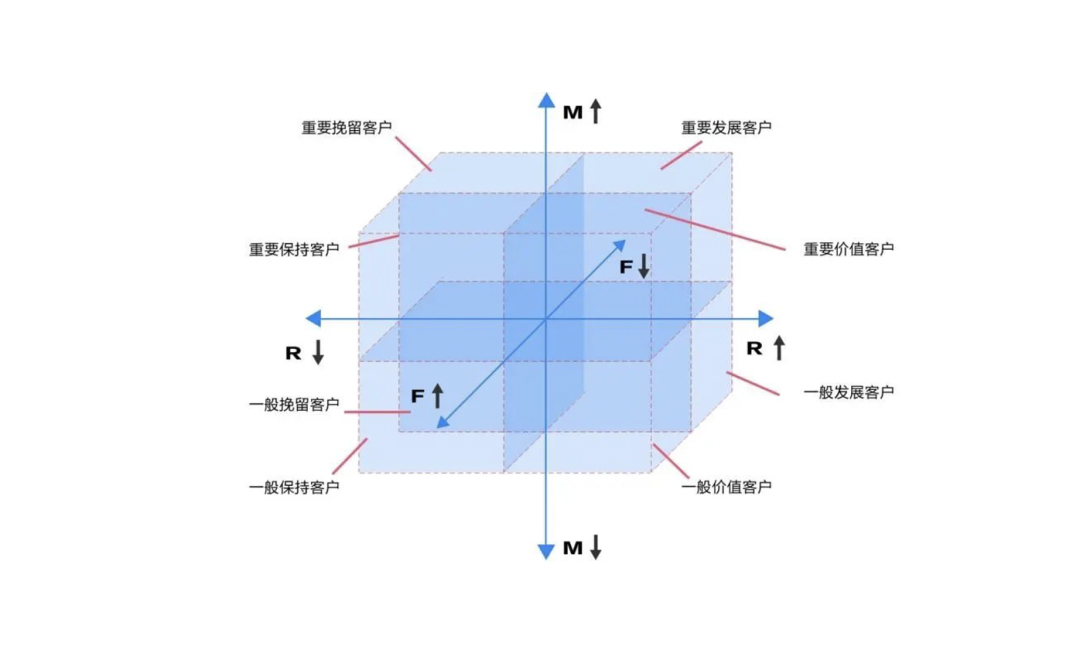 (Image source Internet)
Applicable scenarios: measuring user value
Theoretical source: Arthur Hughes, American Database Marketing Institute
RFM is a commonly used tool to measure user value. R (Recency) represents the interval between the customer's last transaction and the current time, F (Frequency) represents the customer's transaction frequency, and M (Monetary) represents the customer's transaction amount.
Based on these three indicators, users can be divided into eight customer types, and corresponding measures can be taken according to different customer types to promote corporate decision-making.
Important value customers: recent transaction time, transaction frequency and transaction amount are high, referred to as "two high and one near", they must be high-quality customers.
Important development customers: The recent transaction time is close, the transaction amount is high, but the number of transactions is small, but it is not very active, and the loyalty is not high. It is necessary to increase the frequency of their purchases through relevant incentives.
It is important to maintain customers: the transaction amount and transaction frequency are high, but the most recent transaction time is far away, and it is a loyal customer who has not come for a long time. It is necessary to actively interact with customers and call them back in time.
Important customer retention: The transaction amount is high, but the recent transaction time is long and the transaction frequency is low, indicating that its consumption power is high, and it is a potential value customer, which needs to be maintained.
General value customers: The recent transaction time is short and the transaction frequency is high, but the transaction amount is small, which belongs to the low customer unit price group. Divided into two cases, one is a low-cost high-profit product, which can also be properly maintained and developed. The other is that the price is low and the profit is even flat. At this time, there is no need for additional investment and a large budget to maintain.
一般发展客户:最近交易时间近,但交易频次和交易金额小,说明属于意向用户,有推广价值,以此提高交易频次和交易金额。
一般保持客户:交易次数多,但是贡献不大,一般维持即可。
一般挽留客户:最近交易时间远、交易频次和交易金额也都很小,贡献度最小,如果不需要额外的运营预算和精力,也可适当进行维护。
针对产品和用户,设计一套可循环裂变的体系,让用户看到就想来,来了就想留,留下就想付费,付费后还想邀请朋友。
(Image source Internet)
Applicable scenarios: measuring user value
Theoretical source: Arthur Hughes, American Database Marketing Institute
RFM is a commonly used tool to measure user value. R (Recency) represents the interval between the customer's last transaction and the current time, F (Frequency) represents the customer's transaction frequency, and M (Monetary) represents the customer's transaction amount.
Based on these three indicators, users can be divided into eight customer types, and corresponding measures can be taken according to different customer types to promote corporate decision-making.
Important value customers: recent transaction time, transaction frequency and transaction amount are high, referred to as "two high and one near", they must be high-quality customers.
Important development customers: The recent transaction time is close, the transaction amount is high, but the number of transactions is small, but it is not very active, and the loyalty is not high. It is necessary to increase the frequency of their purchases through relevant incentives.
It is important to maintain customers: the transaction amount and transaction frequency are high, but the most recent transaction time is far away, and it is a loyal customer who has not come for a long time. It is necessary to actively interact with customers and call them back in time.
Important customer retention: The transaction amount is high, but the recent transaction time is long and the transaction frequency is low, indicating that its consumption power is high, and it is a potential value customer, which needs to be maintained.
General value customers: The recent transaction time is short and the transaction frequency is high, but the transaction amount is small, which belongs to the low customer unit price group. Divided into two cases, one is a low-cost high-profit product, which can also be properly maintained and developed. The other is that the price is low and the profit is even flat. At this time, there is no need for additional investment and a large budget to maintain.
一般发展客户:最近交易时间近,但交易频次和交易金额小,说明属于意向用户,有推广价值,以此提高交易频次和交易金额。
一般保持客户:交易次数多,但是贡献不大,一般维持即可。
一般挽留客户:最近交易时间远、交易频次和交易金额也都很小,贡献度最小,如果不需要额外的运营预算和精力,也可适当进行维护。
针对产品和用户,设计一套可循环裂变的体系,让用户看到就想来,来了就想留,留下就想付费,付费后还想邀请朋友。
获取用户(Acquisition):用户如何找到我们?
激活用户(Activation):用户的首次体验如何?
理论来源:《精益创业:新创企业的成长思维》埃里克.莱斯
理论全称:MVP=Minimum Viable Product 最小可行性产品
和常规产品不同,MVP更侧重于对未知市场的勘测,用最小的代价来验证商业的可行性。
先向市场推出极简的原型产品,然后在不断地试验和学习中,以最小的成本和有效的方式验证产品是否符合用户需求,灵活调整方向。
如果产品不符合市场需求,最好能“快速地失败、廉价地失败”,而不要“ 昂贵地失败”。如果产品被用户认可也应不断迭代升级,挖掘用户需求,迭代优化产品。
最小化=降低试错成本,速度>完美,在过程中不断趋近完美。
理论全称:Product / Market Fit 产品符合市场需求
需求已经存在,但需要体验更好的产品;P/MF:提供体验更好的产品;重点:非常好的用户体验+大量营销推广投入;eg. 瑞幸咖啡。
用户的部分需求未被满足;P/MF:满足用户的细分需求;重点:用更加精细的营销推广策略来吸引新用户;eg. Uber。
做这类产品无疑会遇到重重障碍,因为在产品诞生之前,用户不知道自己需要这种产品,因此需求是不存在的、市场也是不存在的。此时,用产品创造新市场。
P/MF:基于已有需求创新。重点:有价值的用户体验,说服用户去体验,激发用户已有需求,并形成一种火爆现象。eg. 微博(以微博为例。微博的流行,让多数人不曾想象到与名人或品牌的互动,可以通过“@一下”实现。)
马斯洛从人类动机的角度提出需求层次理论,该理论强调人的动机是由人的需求决定的。
需求层次分为五个等级,是由低到高形成并得到满足。而且人在每一时期,都会有一种需求占主导地位,而其他需求处于从属地位。
企业间的竞争就是一个行业内企业的直接对抗,它往往是五种力量中最重要的一种。
新进入者以瓜分市场的目的进入,在给行业带来新生产能力、新资源的同时,逐渐拉低企业盈利水平,甚至将危及现有企业的生存。充分的竞争赋能消费者价格平权,一般将以更低的价格都买到同样的商品。
竞争性进入威胁的严重程度取决于两方面的因素:(1)进入新领域的门槛高低;(2)预期现有企业对于进入者的反应情况。
供方主要通过提高投入要素价格与降低单位价值质量的能力,来影响行业中现有企业的盈利能力与产品竞争力。
供方力量的强弱主要取决于他们所提供给买主的是什么投入要素,当供方所提供的投入要素其价值构成了买主产品总成本的较大比例、对买主产品生产过程非常重要、或者严重影响买主产品的质量时,供方对于买主的潜在讨价还价力量就大大增强。
取决于购买者与企业之间的砍价杠杆(砍价的手段)和购买者对价格的敏感程度。
替代产品是那些能够实现本行业产品同种功能的其他产品。
通过研究产品的市场占有率和市场增长率,把企业现有的产品划分为不同的四种类型,对产品进行策划和采取不同决策,使企业的资源能得到合理有效的分配。
以市场占有率为横坐标,市场增长率为纵坐标的矩阵坐标图,将坐标图划为四个象限,分别为:明星产品、金牛产品、问题产品、瘦狗产品。
金牛产品:低增长率,高市场占有率。增长缓慢说明是成熟期产品,高边际利润能为企业带来很大的现金流,此时企业无需通过大量投资扩大规模。可用此业务现金流为其他业务输血。
明星产品:高增长、高市场占有率。此时正处产品的成长期,市场占有率相对金牛产品低,需要加大投资扩大规模,发展成为金牛产品。
问题产品:高增长、低市场占有率。趋势较好,只是市场份额低,企业应找出其原因进行改良,并加大投资,增加市场占有率,使其进一步发展成为明星产品。
瘦狗产品:低增长、低市场占有率。很显然,没有竞争力,应减少生产发展,逐渐淘汰。
安索夫矩阵又被称为产品市场扩张方格,是一种常用的营销分析工具。以产品和市场作为横纵坐标,组成2X2矩阵,分成四种产品/市场组合,以及相对应的营销策略。
市场渗透:现产品服务现市场,通过市场渗透增加市场份额;
市场开发:现产品服务新市场,找到现有产品独特卖点,开发消费者需求的新市场;
产品开发:新产品服务现现场,找到现有顾客的新需求;
多元化:新产品服务新市场,竞争系数小,风险最大,收益也最大。
GE矩阵法又称通用电器公司法、麦肯锡矩阵、九盒矩阵法、行业吸引力矩阵。以市场吸引力和企业自身实力为横纵坐标,评估现有/发展业务,每个维度分成三级,共九级/九宫格,对企业特定业务进行判断并提出方向。
青色区域:维持或针对性选择发展,维持规模,调整发展方向;
三位一体定位公式:对于(目标消费者)而言,XXX品牌是(产品品类)中,具有(产品独特卖点)的。
目标消费者:针对特定消费者对产品的基本功能及情感需求。
产品独特卖点:从消费者逻辑而非产品逻辑,为消费者提供的独特利益点。
对于“关心蛀牙问题的人”而言,佳洁士是“牙膏品类”中,“抵抗蛀牙最有效的”。
从消费者需求出发,结合竞品趋势及自身优劣势,发现需求品类。
消费者是用品类思考,用品牌表达。品牌应以领导者姿态,成为消费者心智中品类的品牌代表。
数据分析也需要一定的技巧,不要不沉溺在数据的海洋里,数据是工具,我们应该利用工具。
2、做出假设:在此问题基础上,我们预先的假设是什么?
4、数据处理:对收集到的原始数据进行加工,包括数据的清洗、分组、检索、抽取等处理方法。
5、数据分析:数据整理完之后,需要对数据进行综合、交叉分析。
理论来源:阿里数据 生意参谋 第一财经商业数据中心
该体系以“现代营销之父”菲利普·科特勒的“5A客户行为路径”为理论基础,梳理出内容能见度、内容吸引度、内容引流力、内容获客力、内容转粉力共5个维度的数据指标。
可用于评估内容营销对消费者的5重影响——了解(Aware)、吸引(Appeal)、问询(Ask)、行动(Act)、拥护(Advocate),帮助品牌全链路、分场景追踪内容营销效果,进行针对性提升与优化。
理论来源:管理学大师Peter Drucker 《管理实践》
每个人都有过制定目标的经历,它看似简单,但是如果上升到技术的层面,必须学习并掌握SMART原则。
目标必须是可衡量的(Measurable),可量化的。
目标必须是可达到的(Attainable),不过高也不过低。
目标必须和其他目标具有相关性(Relevant) ,形成延展性,最终实现更高目标的达成。
目标必须具有明确的截止期限(Time-based),在规定时间内达成,最终以截止时间判定目标是否达成。
对关键问题进行一定的预先假设,然后查找数据进行分析。
以事实为依据,以假设为驱动。不拘泥于数字,而是要提问“我要回答什么问题?”
陈述所在问题的情况,将困难之处详细列出以改善情况,摆出可能的解决路径。
理论来源:东京理工大学教授 狩野纪昭(Noriaki Kano)
卡诺模型是以产品为核心,将产品满足用户的需求进行分类,从而得出产品或服务和消费者之间的关系。具体可分为四种类型:(1)魅力属性;(2)期待属性;(3)必备属性;(4)无关属性。
一种让用户WOW的Aha时刻,这类因素做不好,消费者不会很在意。但如果做好了,就会让消费者好感度飙升。
一种让用户觉得good的属性,这类因素做得好与不好,消费者都会有较大的正面或负面的反馈。
是产品/品牌稳固市场的重要因素,也是产品/品牌最应该关注的因素。
这类因素做好了,消费者会觉得是应该的,但如果没有做好,消费者会对产品体非常不满。
这类因素对消费者的感知程度比较低,做得好与不好对产品的评价没什么影响。
RACI用于项目执行过程中对于各个角色以及相关责任相对直观的模型。项目由人所推动,所以明确每个人的角色至关重要。
谁执行(R = Responsible),负责执行任务的角色,具体负责操控项目、解决问题。
谁负责(A = Accountable),对任务负全责、对进度进行监督的角色,任务的进行需要通过他的批准。
咨询谁(C = Consulted),在任务实施一开始或者在过程中,提供指定性意见的人。
告知谁(I = Informed),任务完成时需要被通知结果的人员,而不必向其咨询、征求意见。
在寻找具有市场吸引力行业时,可将市场集中程度(市场领先者份额)和销售增长率作为横纵坐标拆分成四个象限。这四个象限显示了相应的相对吸引力。
成熟—— 一个增长率高但没有足够强大的公司主导的市场,显然是可以摘取的成熟果实 。
困难—— 增长率低而集中程度低的市场可能易于进入,但要获利却会显得困难。
收获—— 增长率高但已存在强大行业领导公司的市场将难以渗透,因为已经有公司在那里收获了。
毁坏—— 增长率低且存在强大主导公司的市场是四种市场中吸引力最小的一个,因为它已经被现有竞争者毁坏了。
理论来源:麦肯锡咨询顾问 芭芭拉·明托《金字塔原理》
S(Situation 情景),从大家熟悉的情景、事实进行切入。
C(Complication 冲突),实际情况却和我们的要求有冲突。
奥美的品牌定位三角主要围绕品牌定位、TA以及RTB展开。
用一个简单句式来陈述品牌定位就是:我(xx品牌)是__________,为了什么样的人,提供什么样的好处。
衡量创意主要围绕三个要素,首先是创意够爆,这个idea本身能引发传播。
再就是驱动购买,这个创意本身能驱动消费者短期/长期购买。
方案就像一个倒三角形+一个正三角形的叠加,倒三角形即通过推导及洞察得出一个聚焦的core idea(一个Action),正三角形则是将这个核心点,进行传播扩散。
品牌力是综合性的表现,主要涵盖产品力、渠道力、营销力、管理力、品牌力。
产品力:指的产品综合性价比,包括产品具备的功能属性与价格之间的关系。其中产品力是根本,是驱动其他作用力的载体。
渠道力:指一级/二级分销商的营商意识、经营管理能力、市场格局,资金实力和对品牌的忠诚度。
营销力:指企业各个层级的战略格局、整合营销能力、媒体资源能力、以及企业的危机公关能力。
管理力:指执行团队(企业各个层级、经销商执行层)对营销项目的组织、管控、跟进、总结的能力。
品牌力:是品牌具有的知名度、美誉度等品牌资产的沉淀,商誉的影响力,以及文化的认同度,这些在驱动消费者购买的综合能力。品牌力是终极作用力,相当于是最核心的源动力。
第一性原理由亚里士多德提出,“任何一个系统都有自己的第一性原理,它是一个根基性的命题或假设,它不能被违背或删除。”
在商业角度,被马斯克所普及。他认为,最重要的是通过第一原则来推理,而不是类比。通过第一原则,把事情浓缩到最基本的事实,然后从这里进行推理。
第一性原理不能从其他任何原理中推导出来,相当于是元事实(最本源的事实)。是决定事物最本质不变的法则,是不证自明天然的公理,是思考的原点,是同领域其他理论存在的大前提。
模型是辅助思考的一种工具,不能为了用而用,这便是它的局限性。只有明白其局限性,才能不受局限。这次就先分享到这里,下次更新出6.0版本。


☆你可能还想看☆




本文系原作者所有,非授权,勿转载
欢迎分享,转载请至后台回复“转载”了解须知
投稿请至后台回复“投稿”查看详情
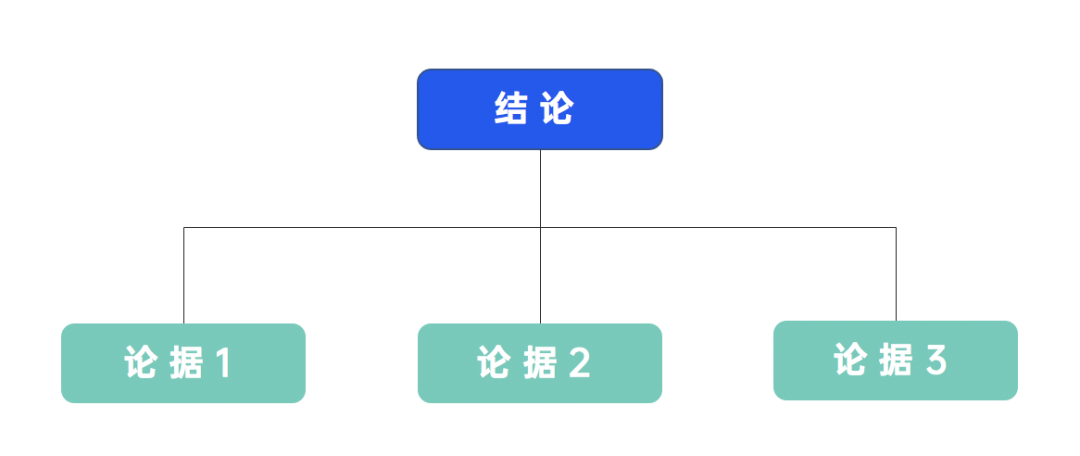
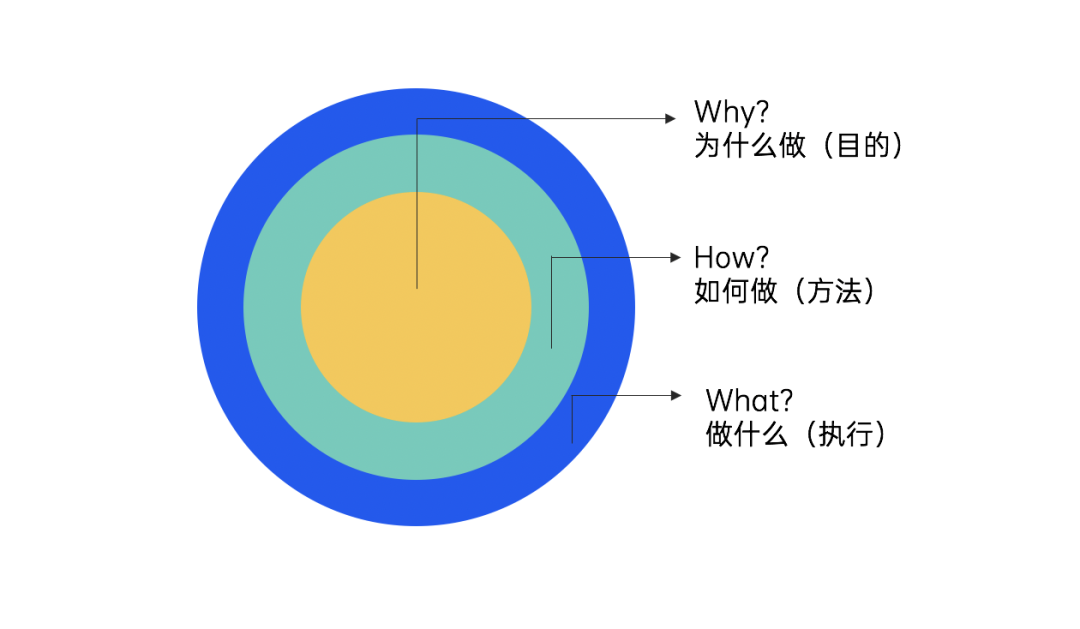
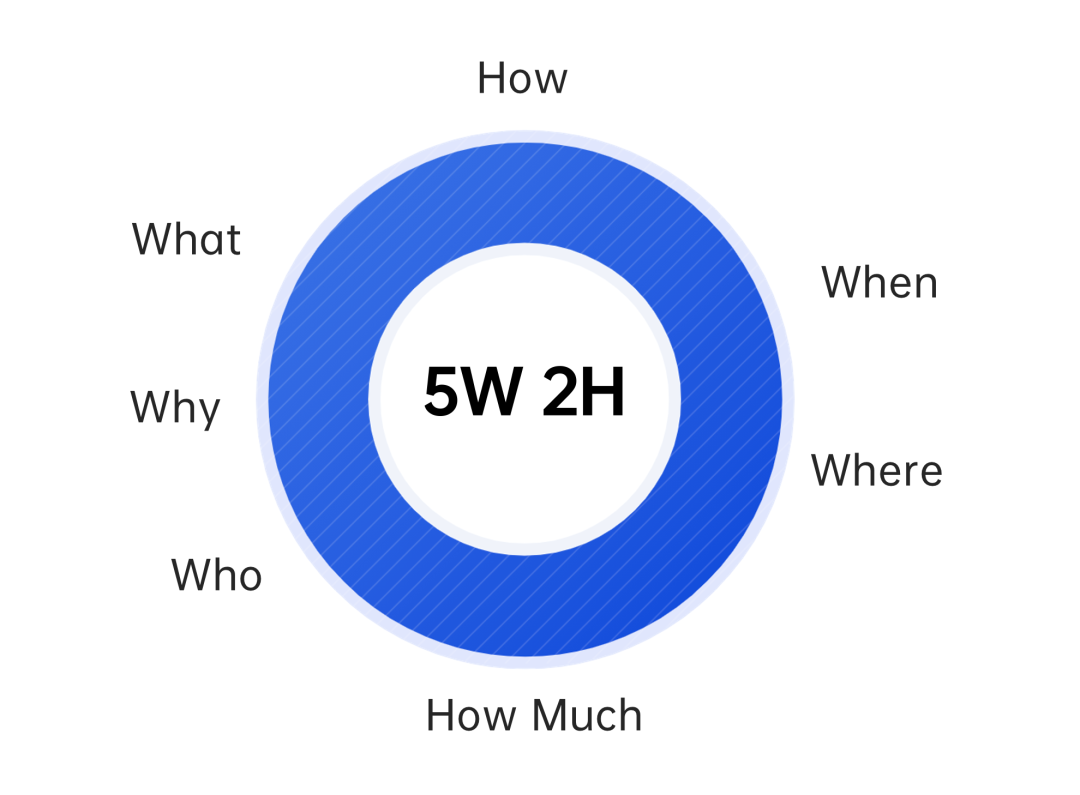
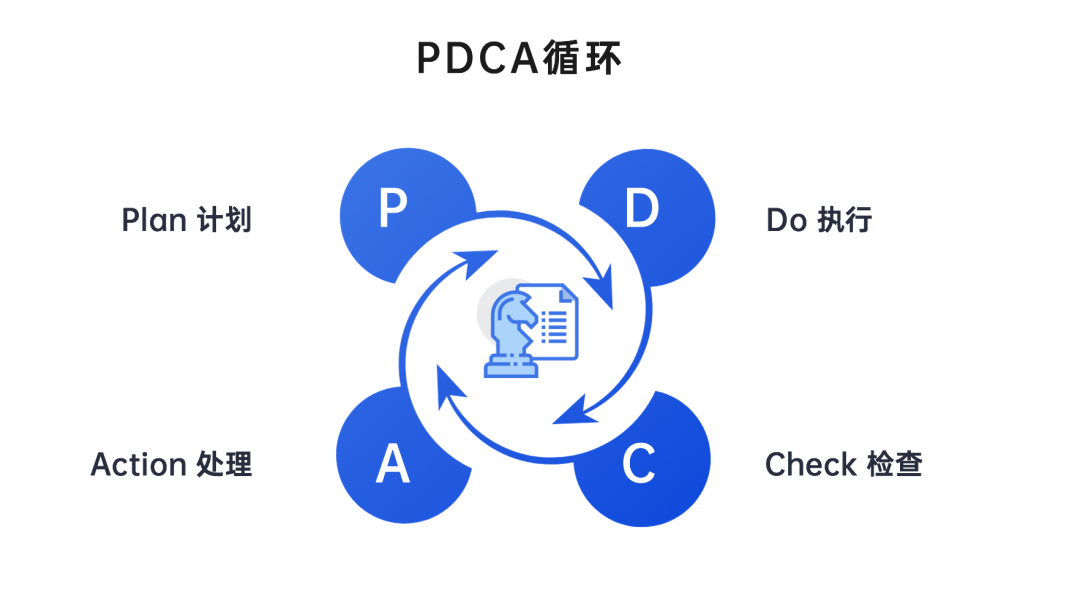
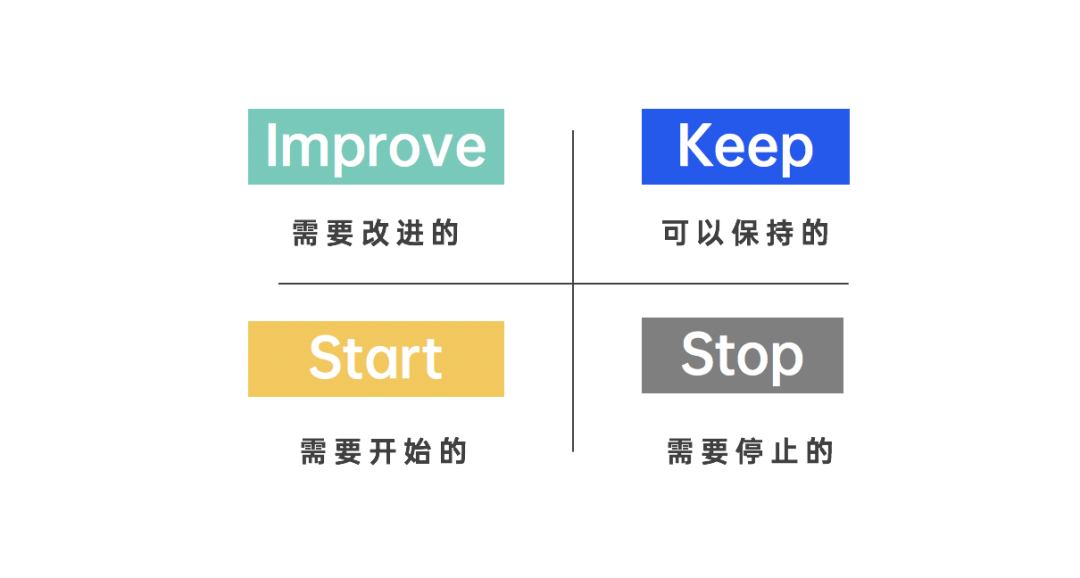
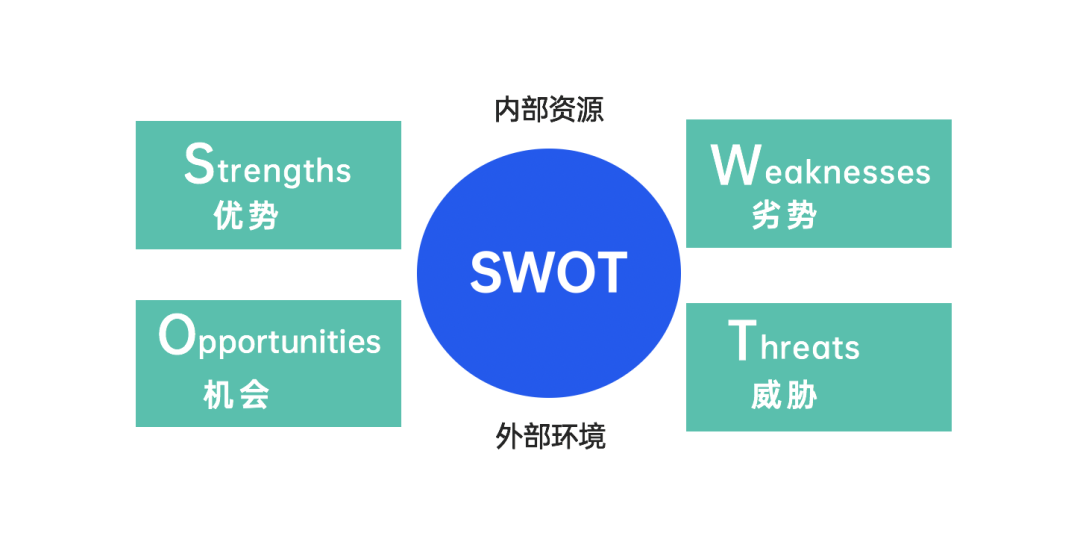


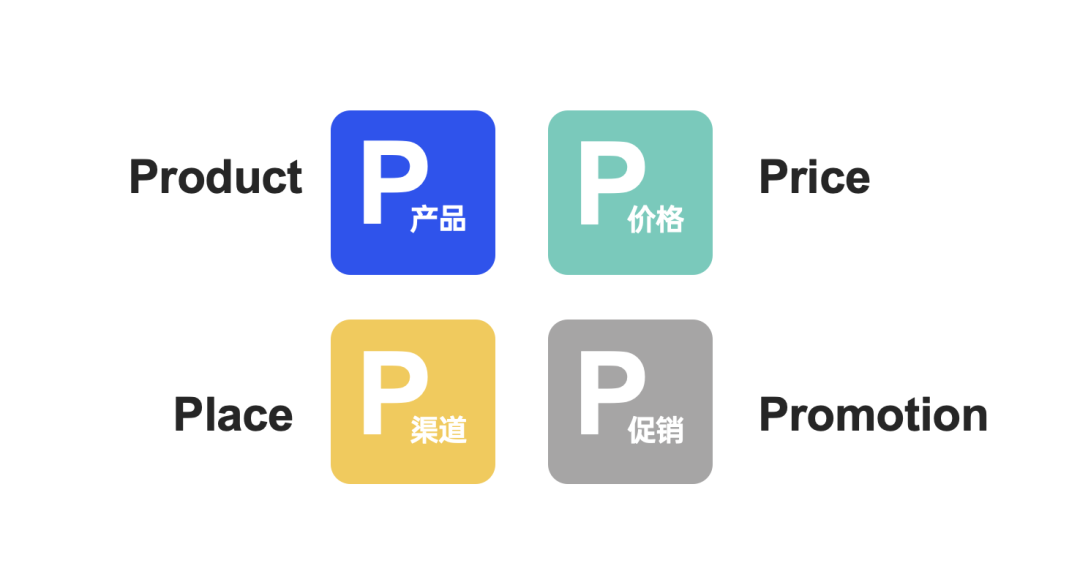
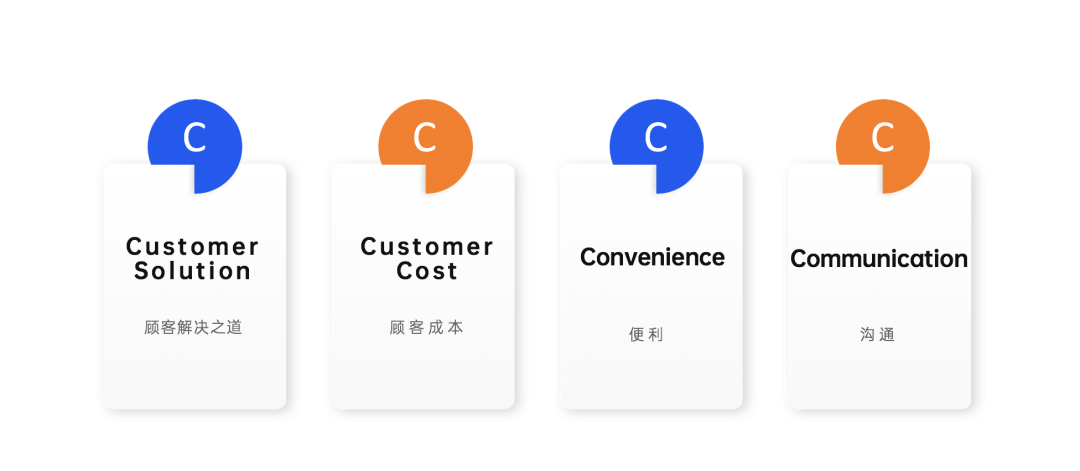
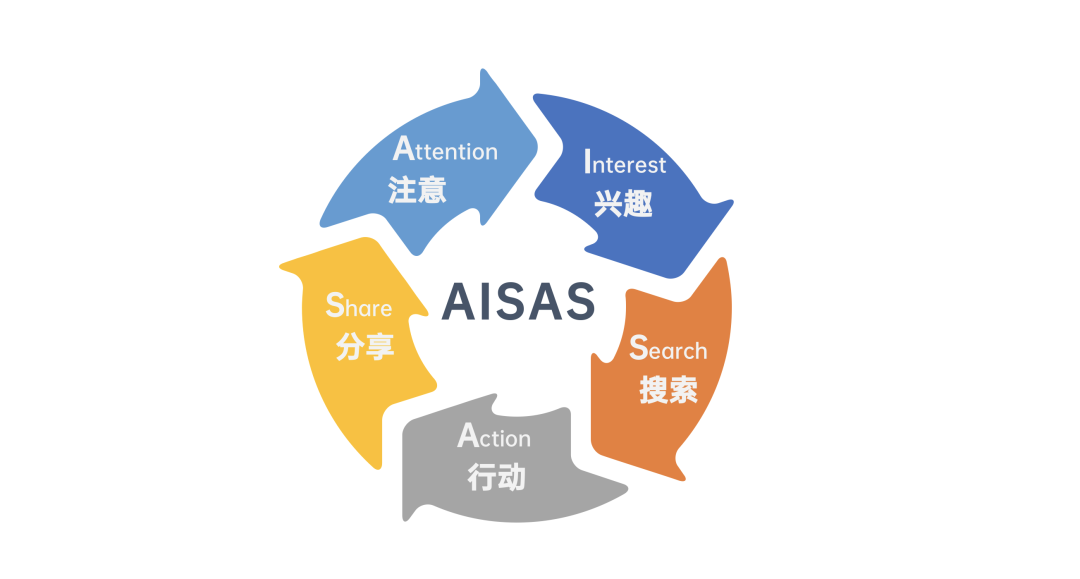
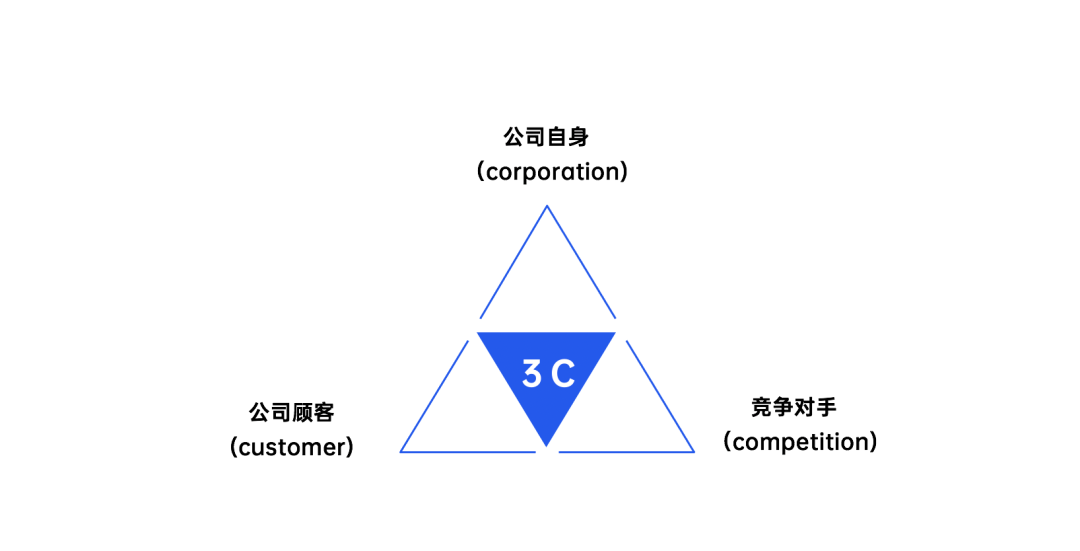
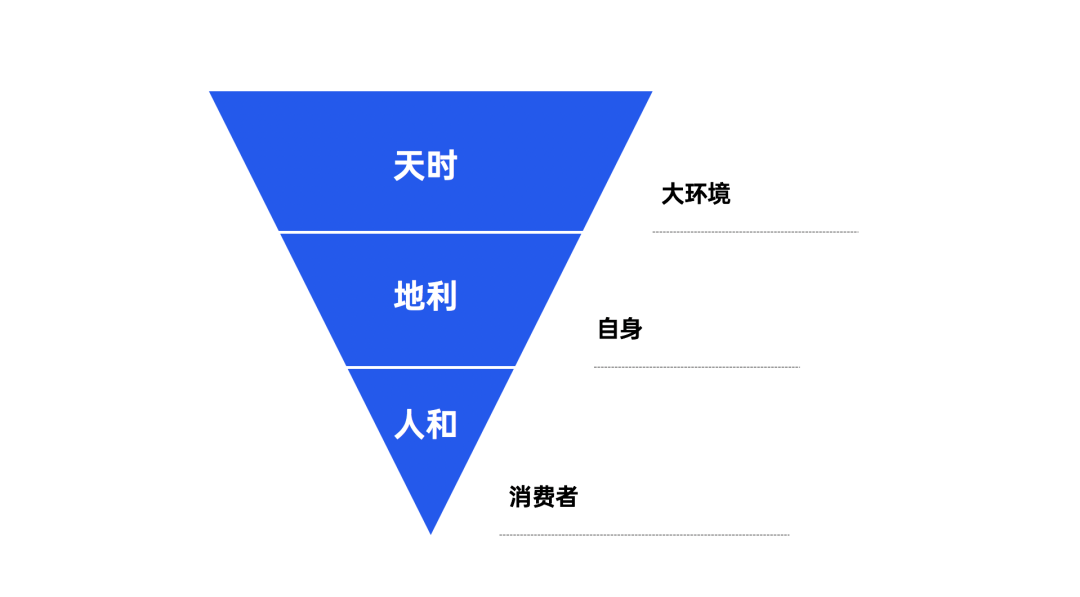
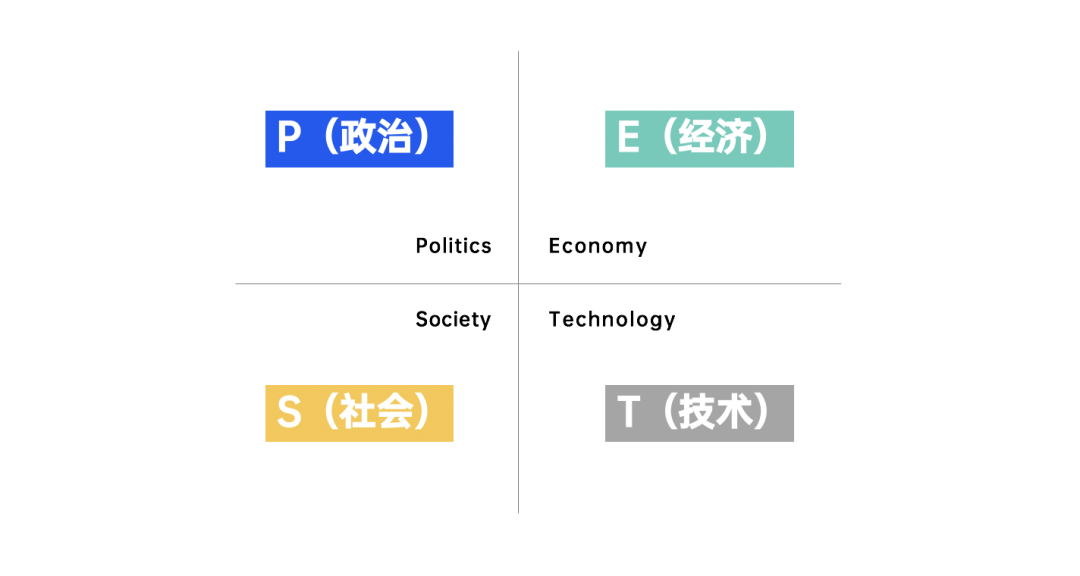
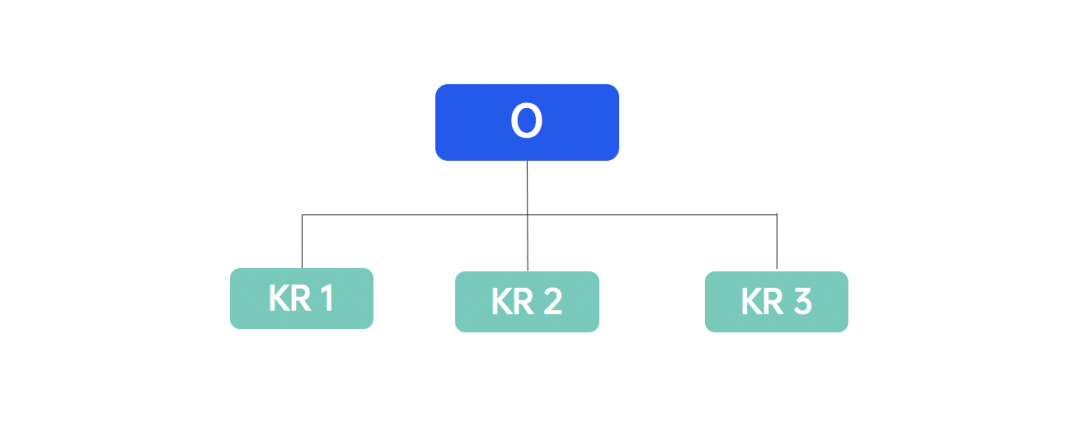
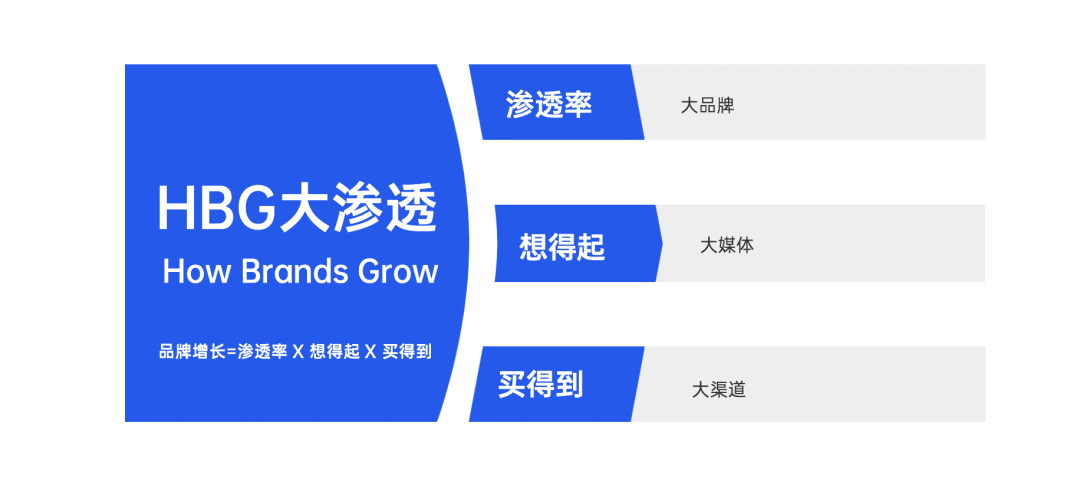
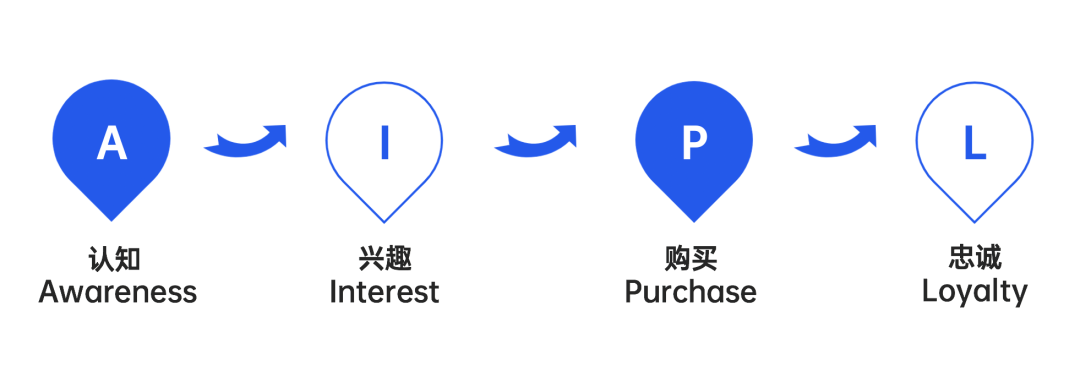
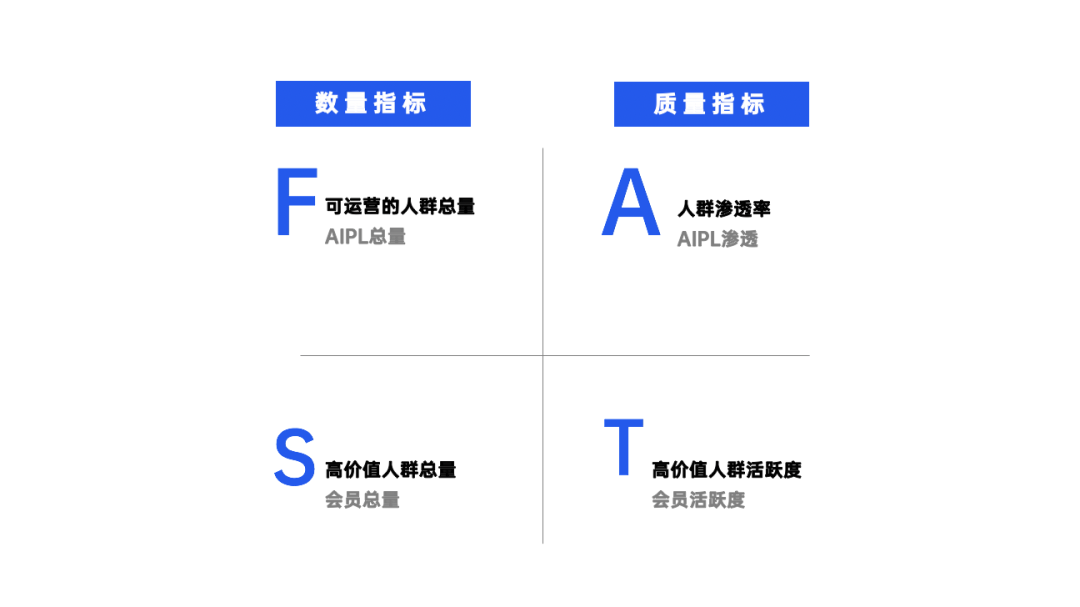
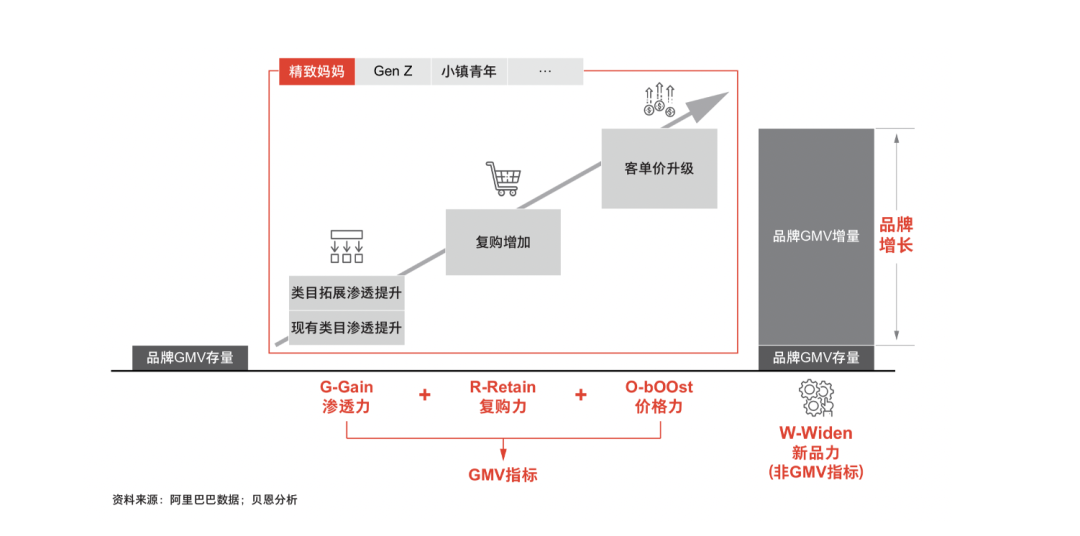
 (Image source Internet)
(Image source Internet)